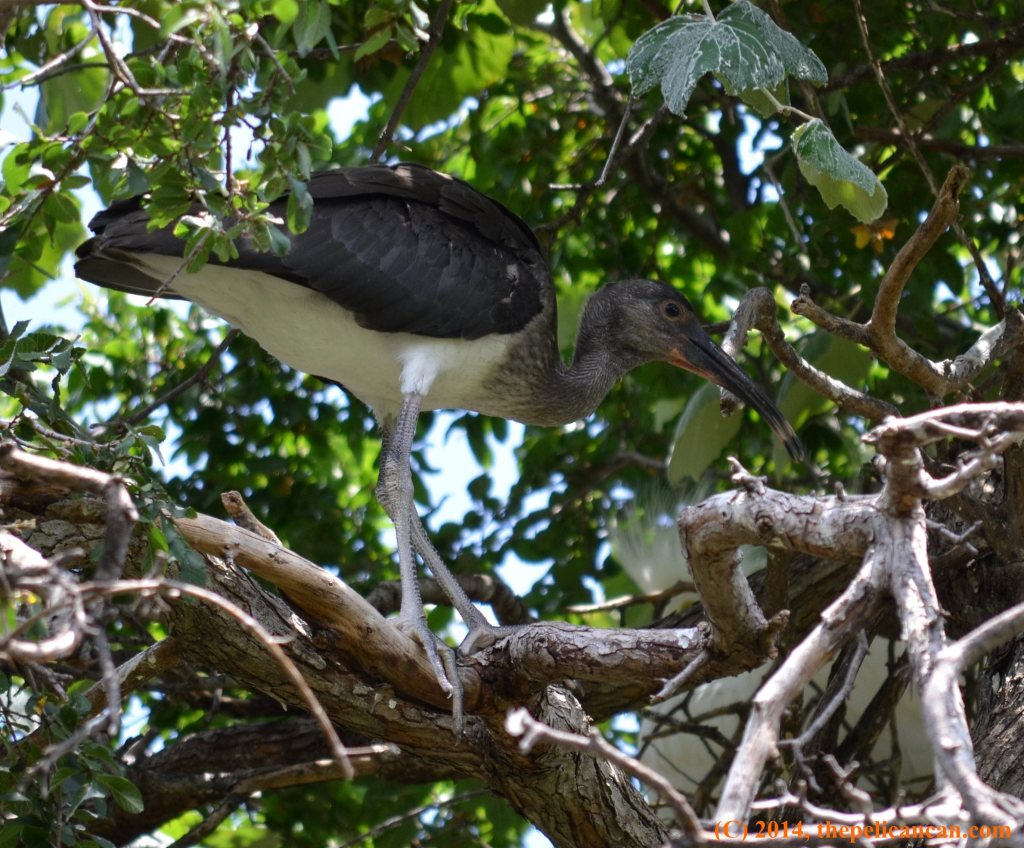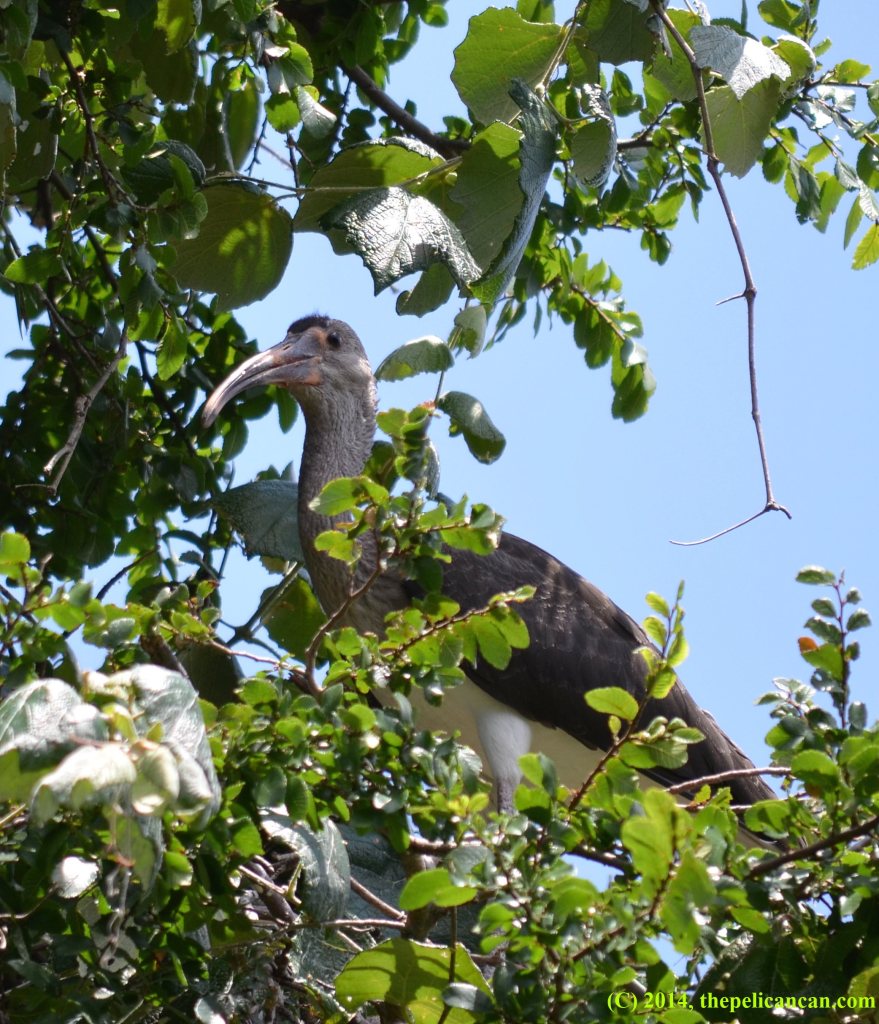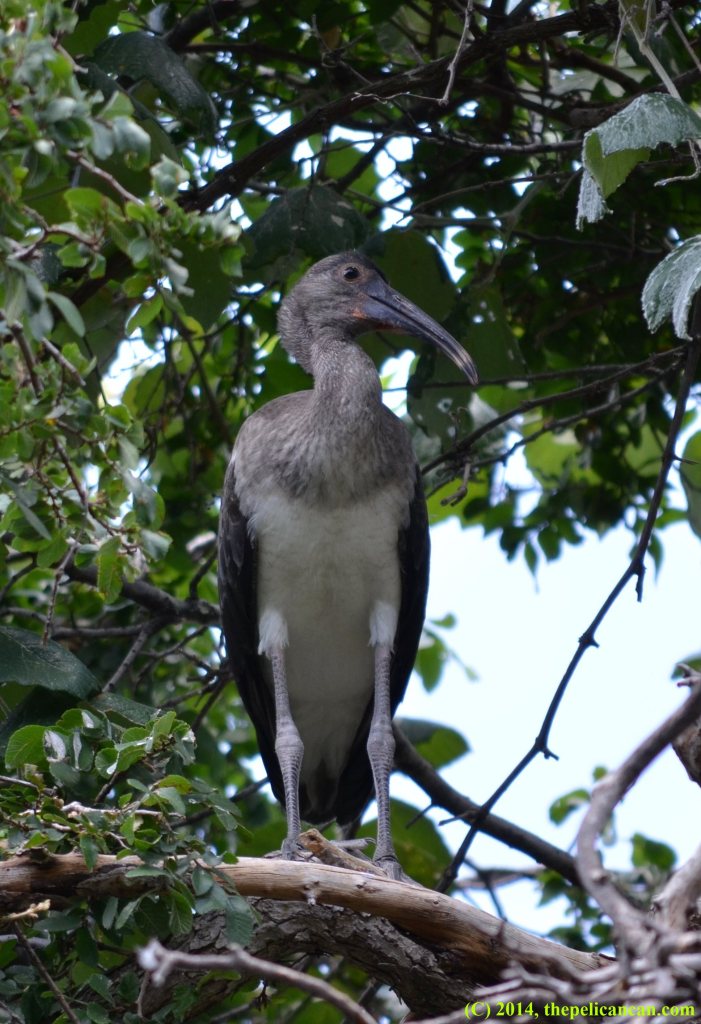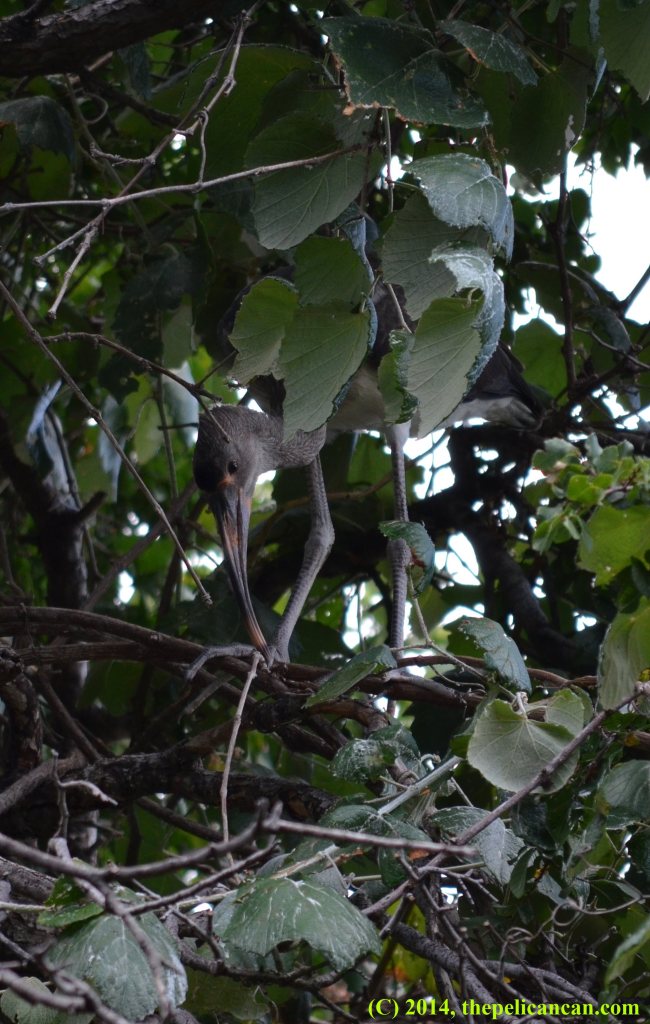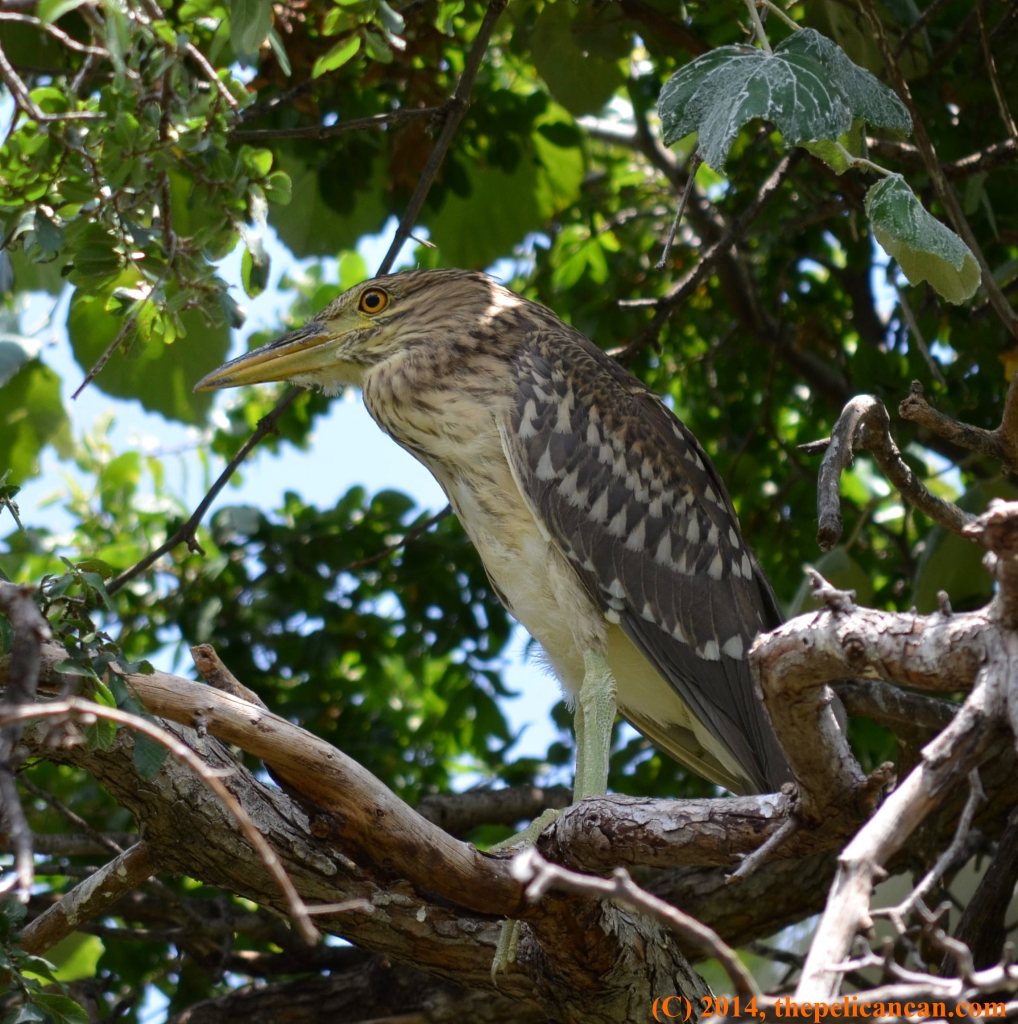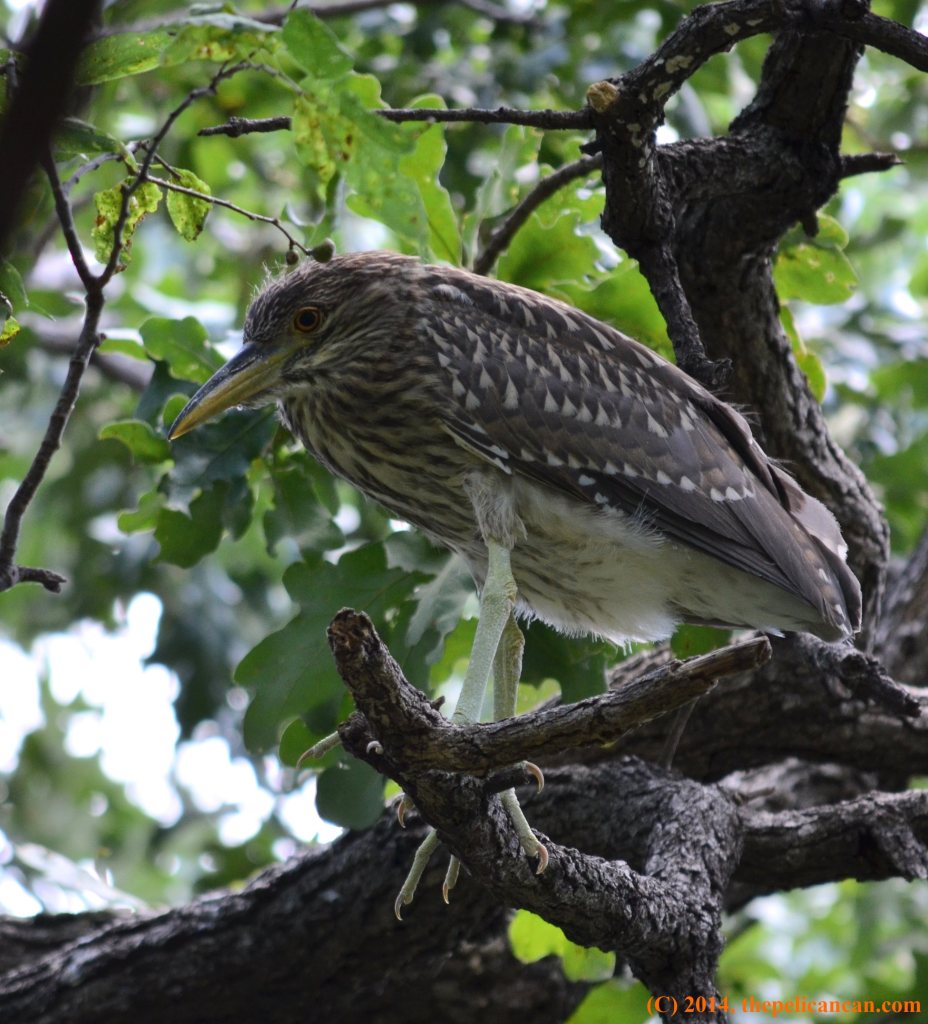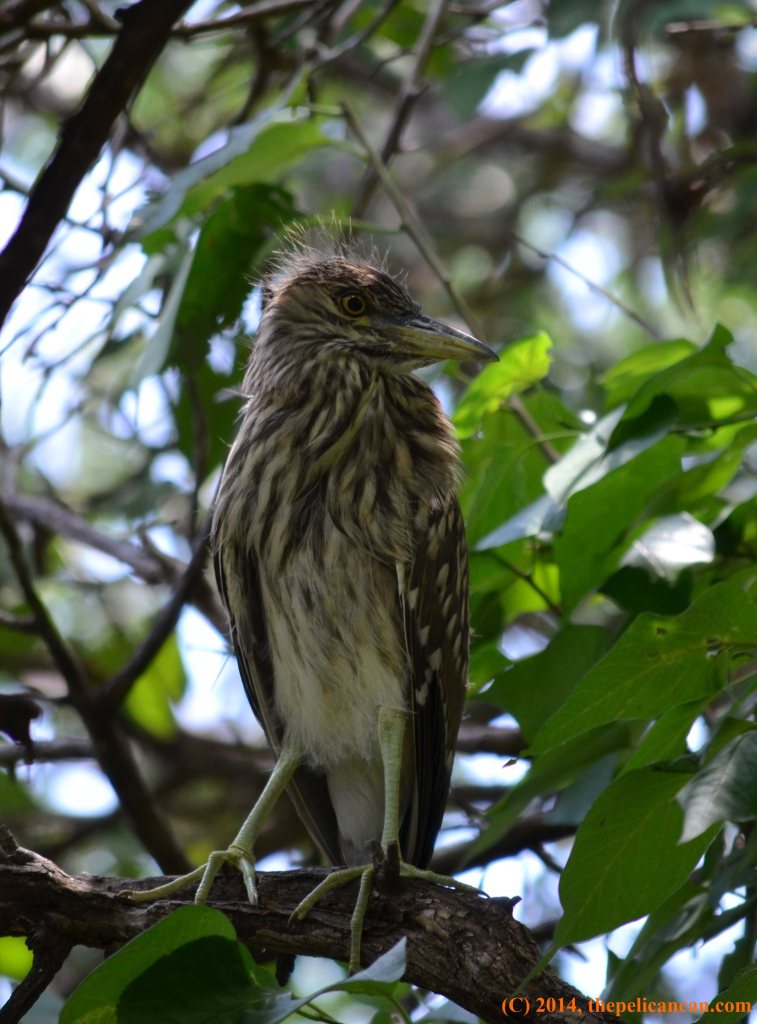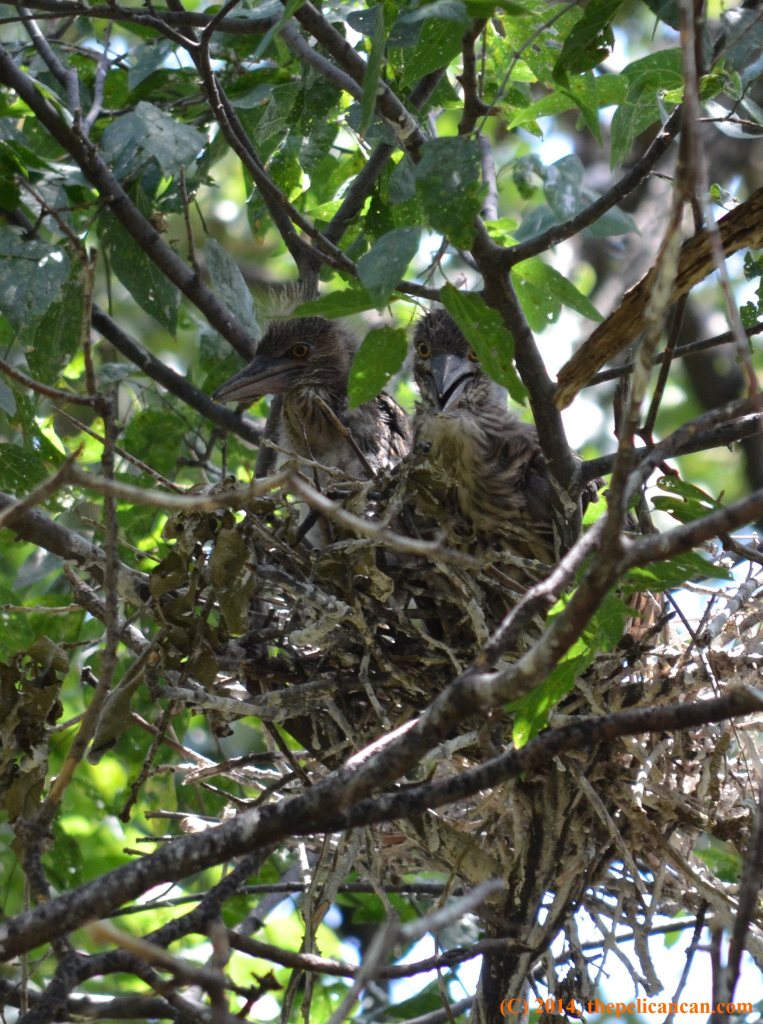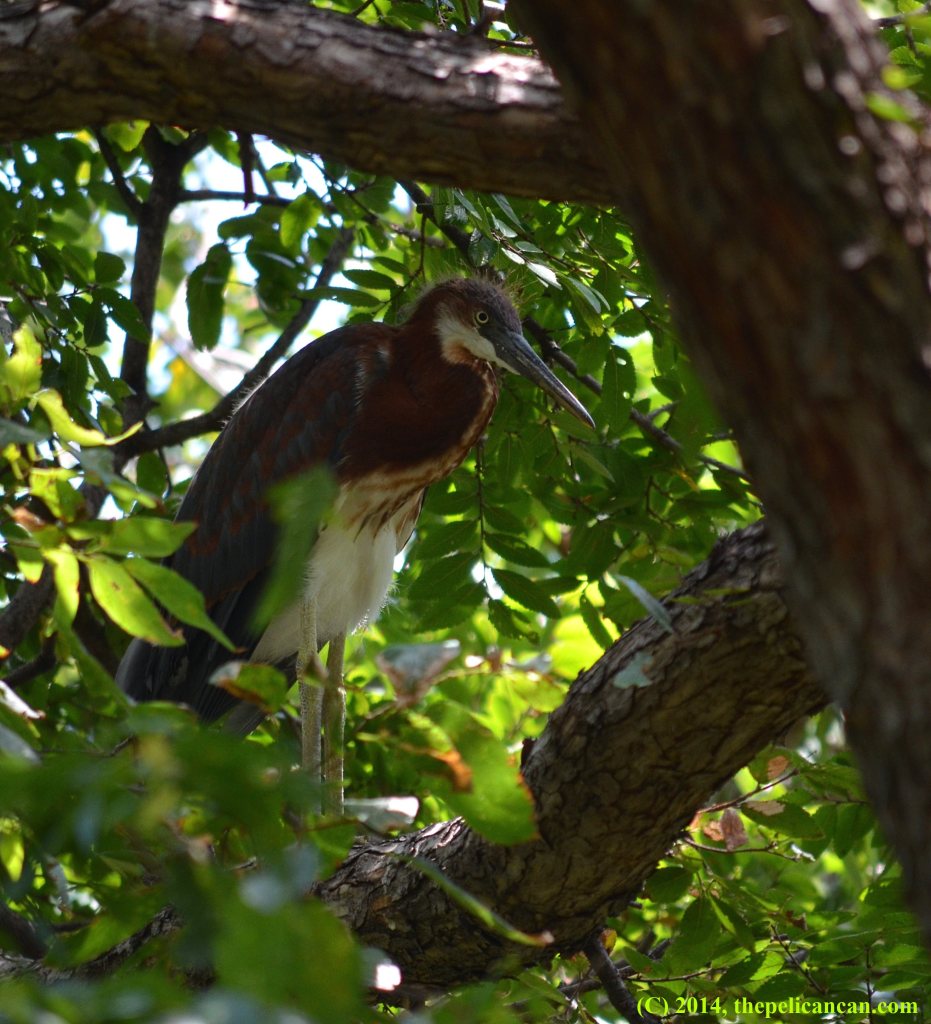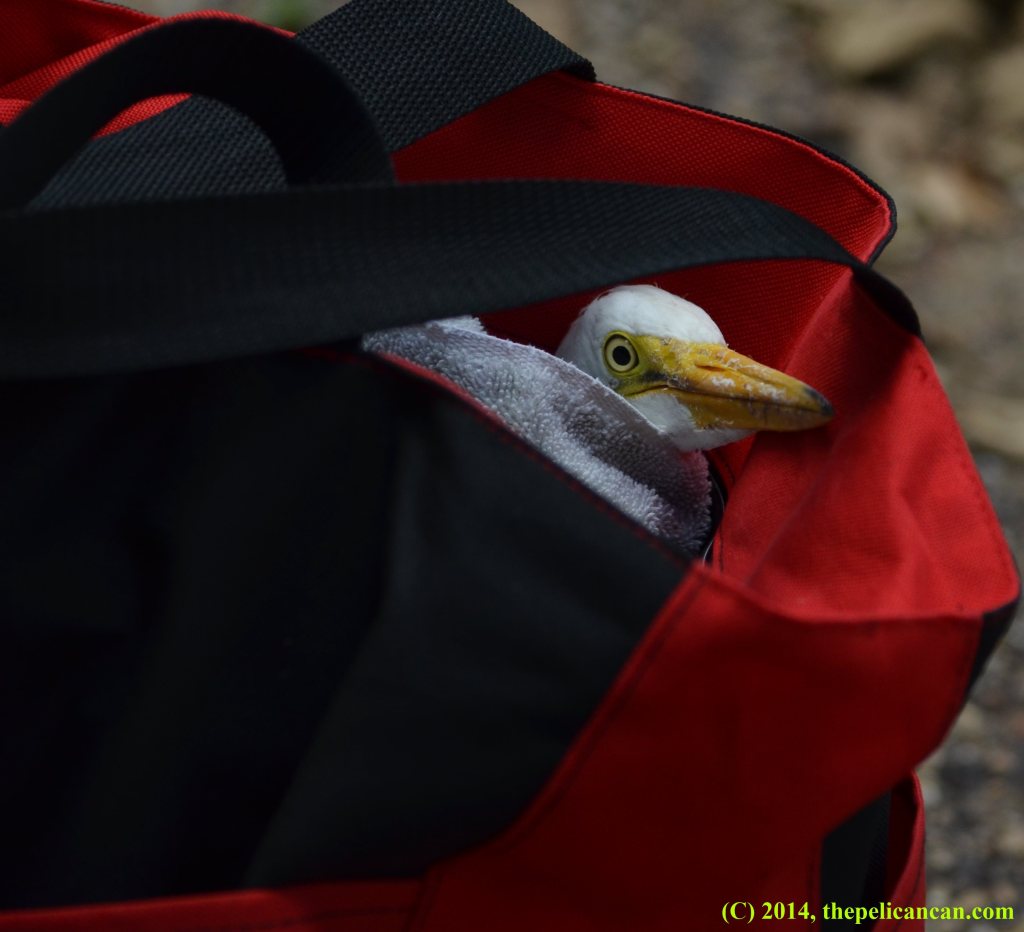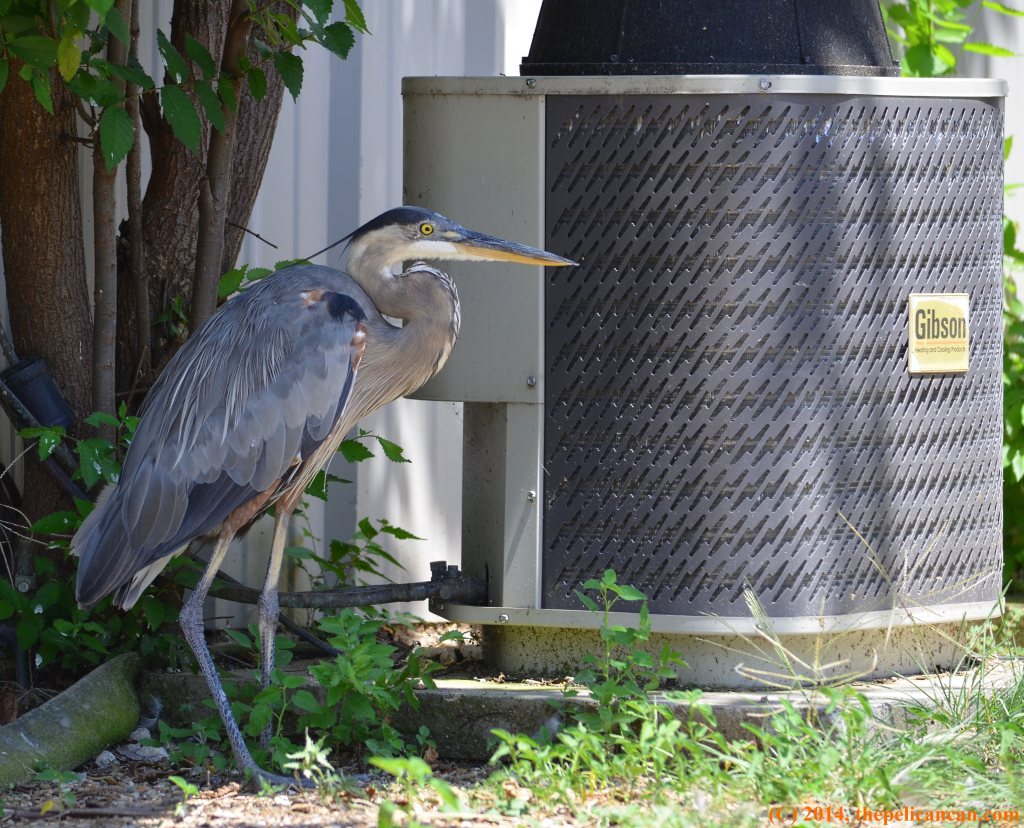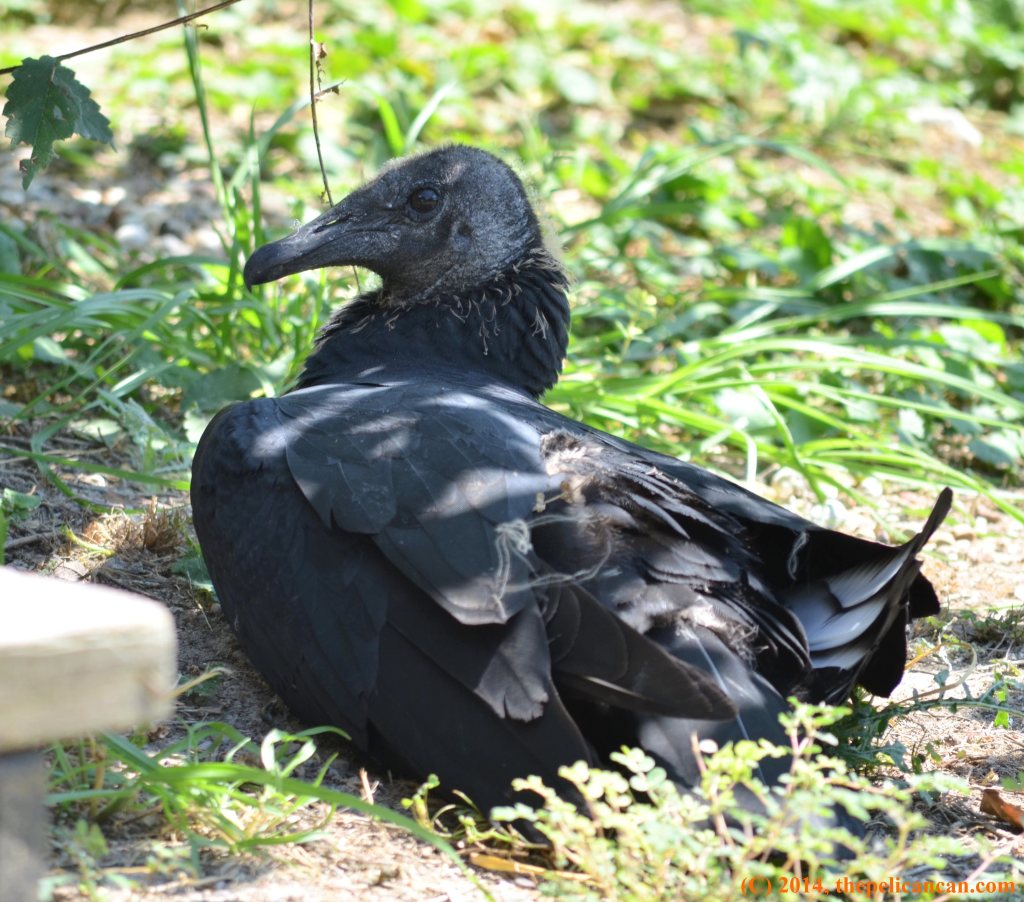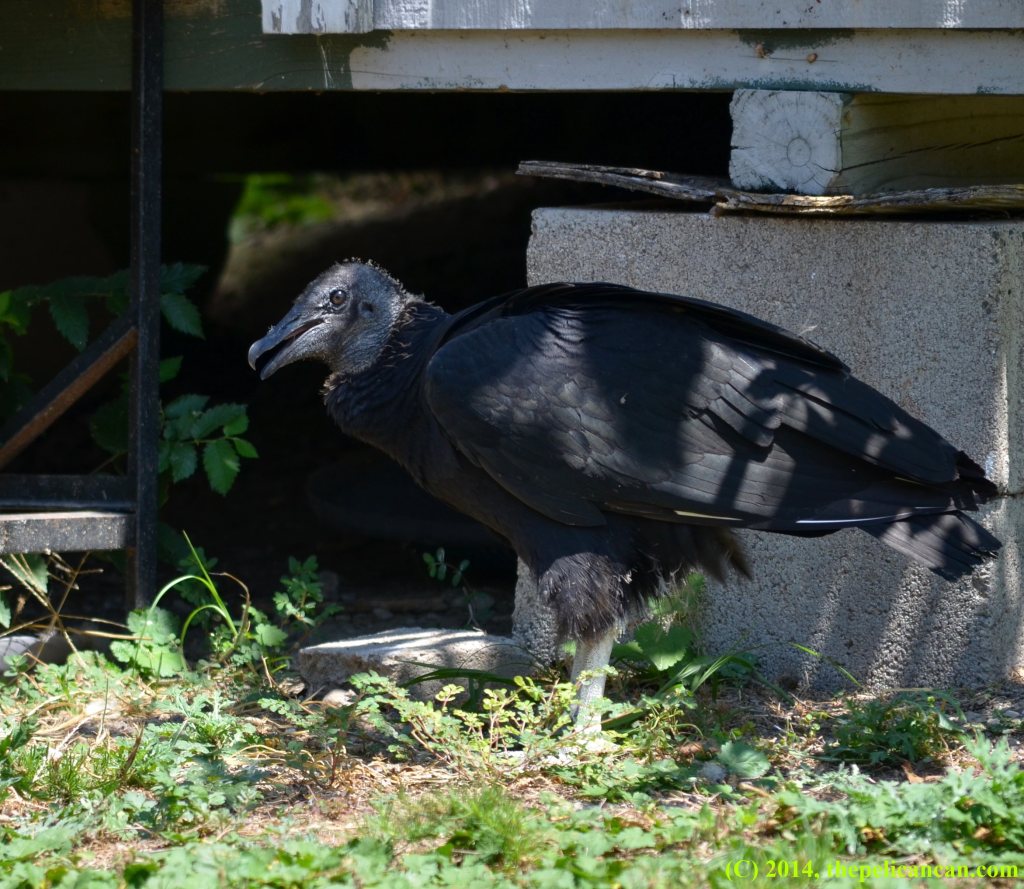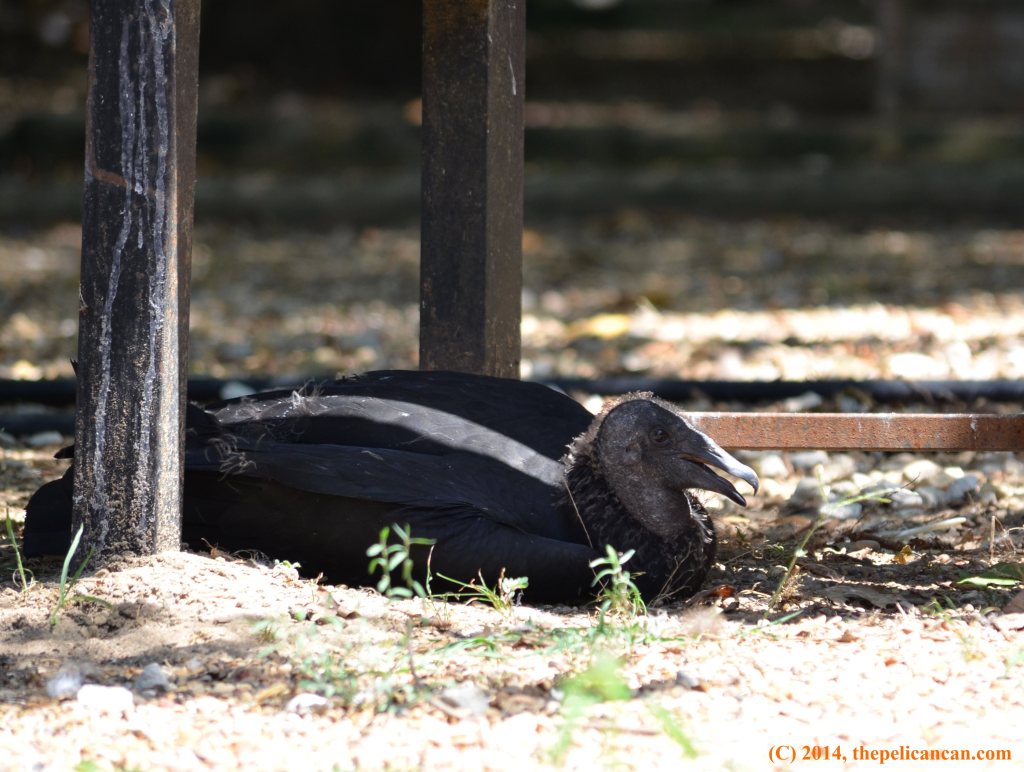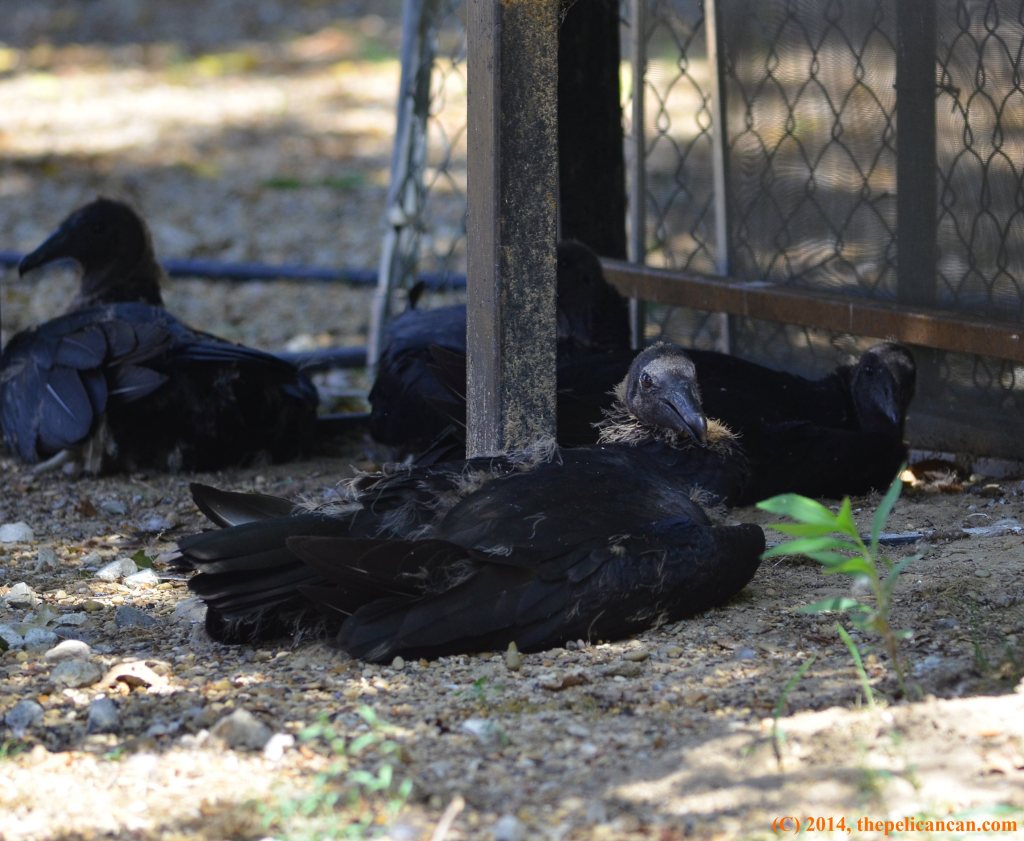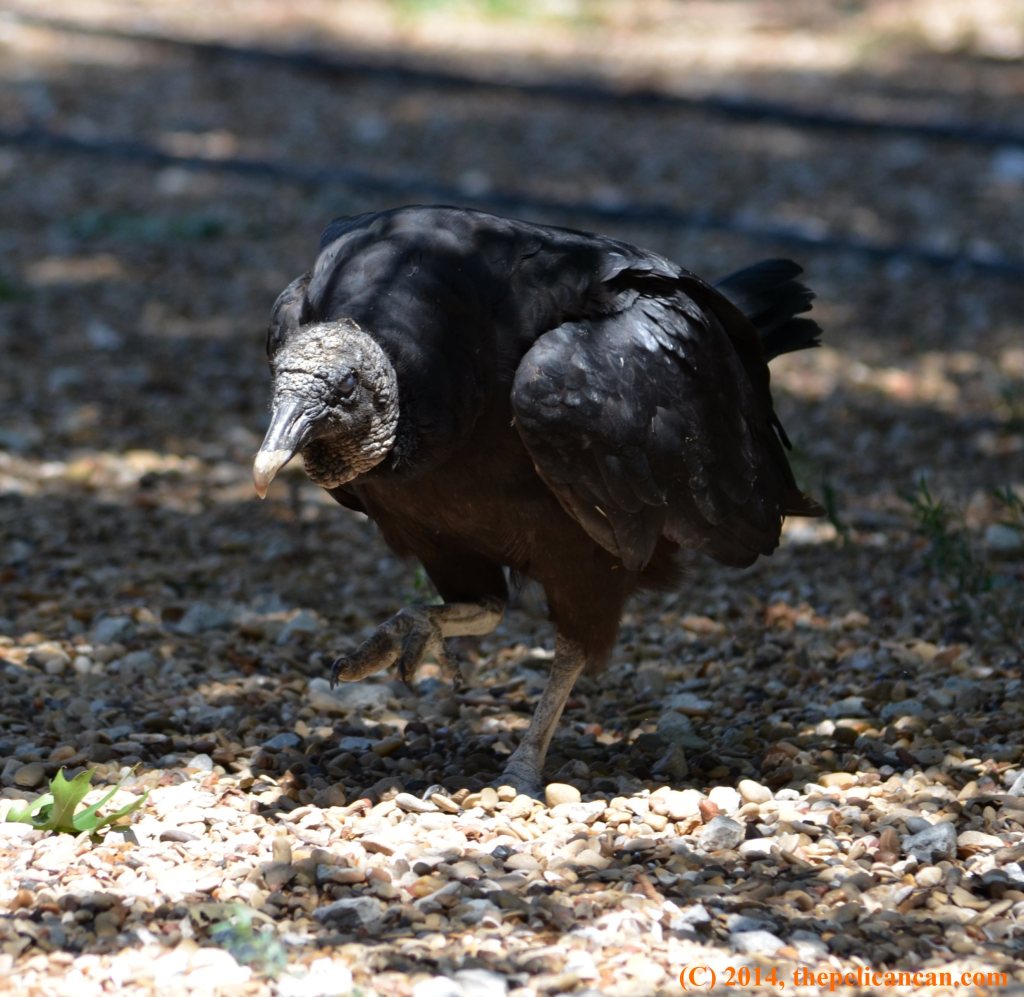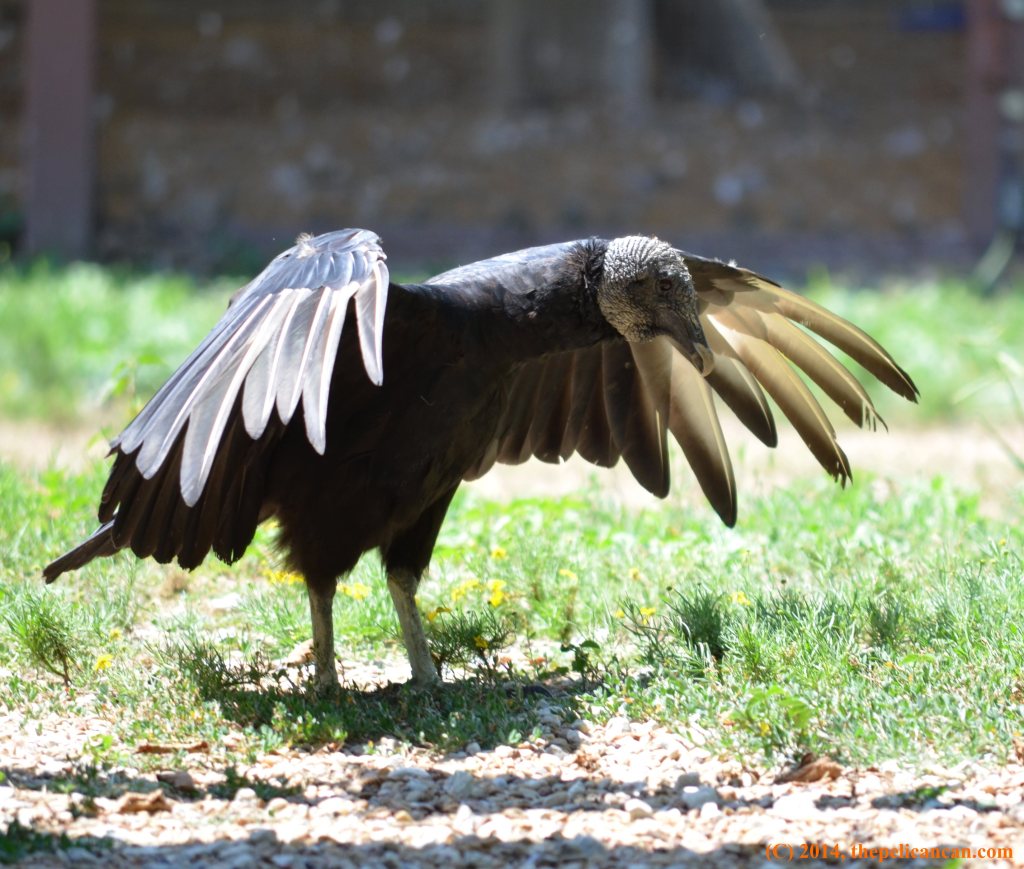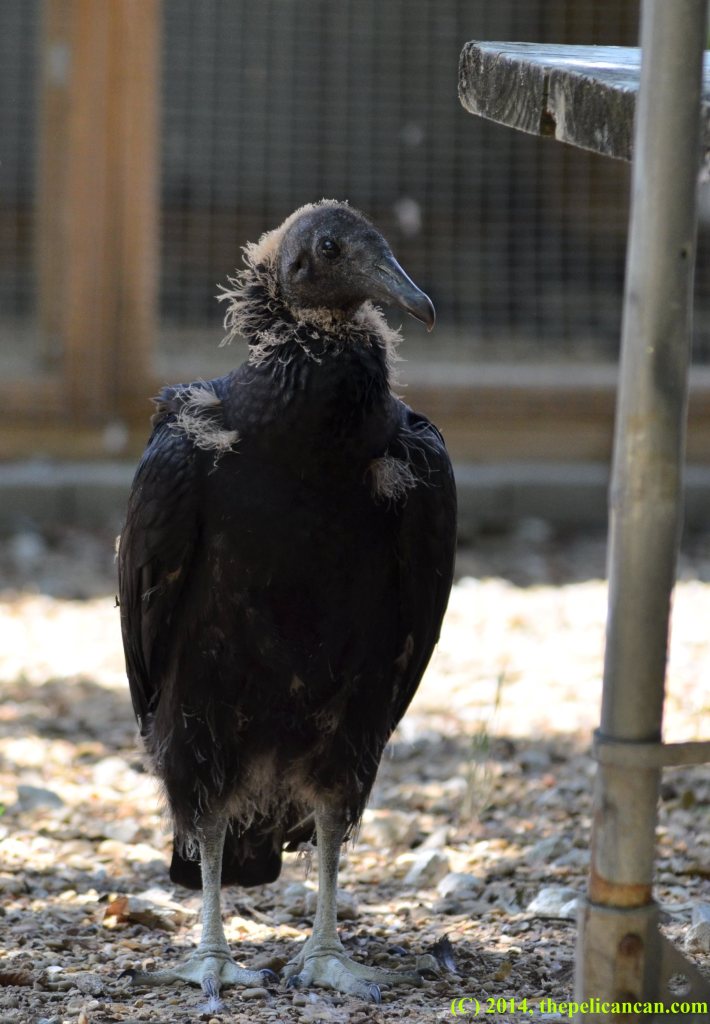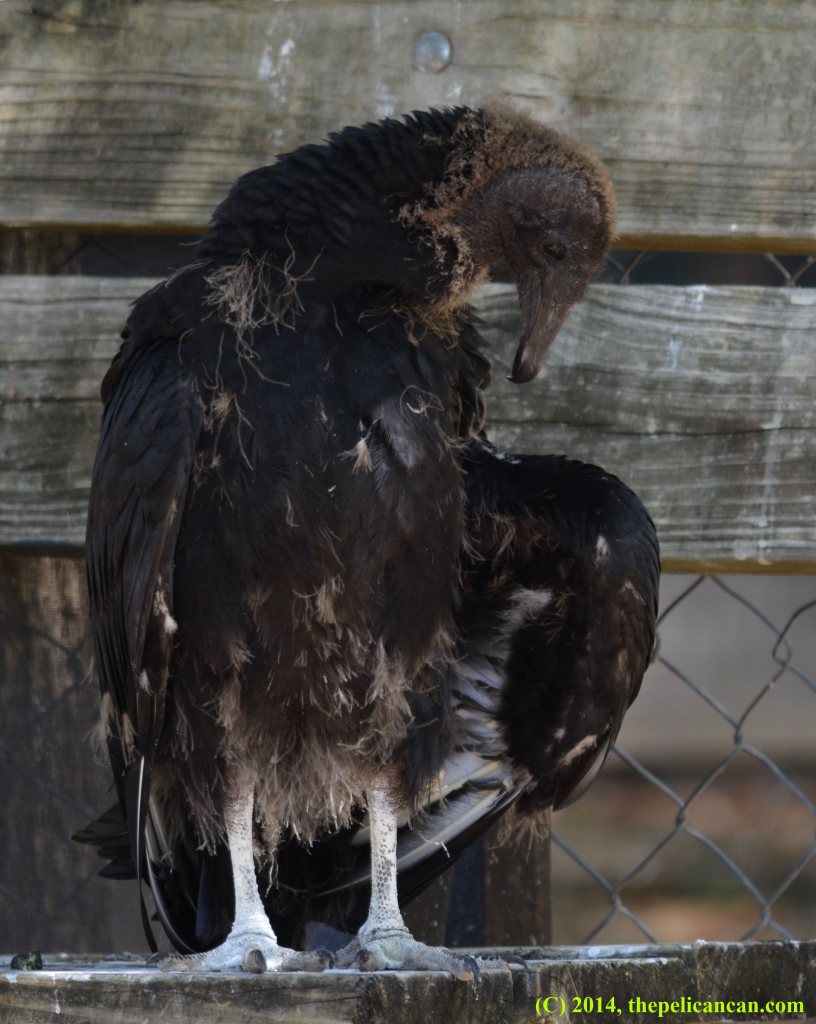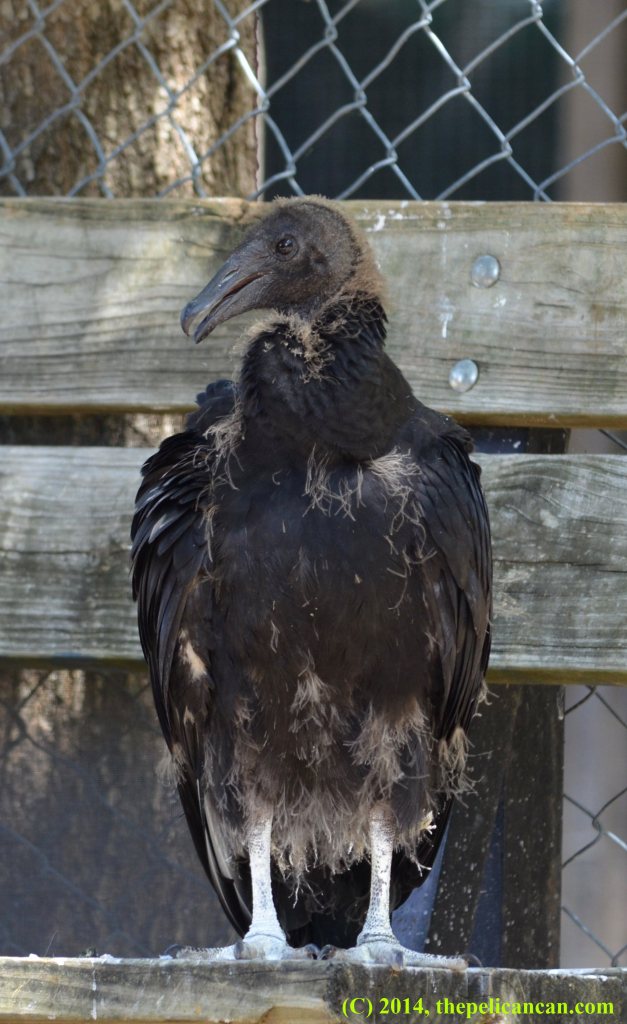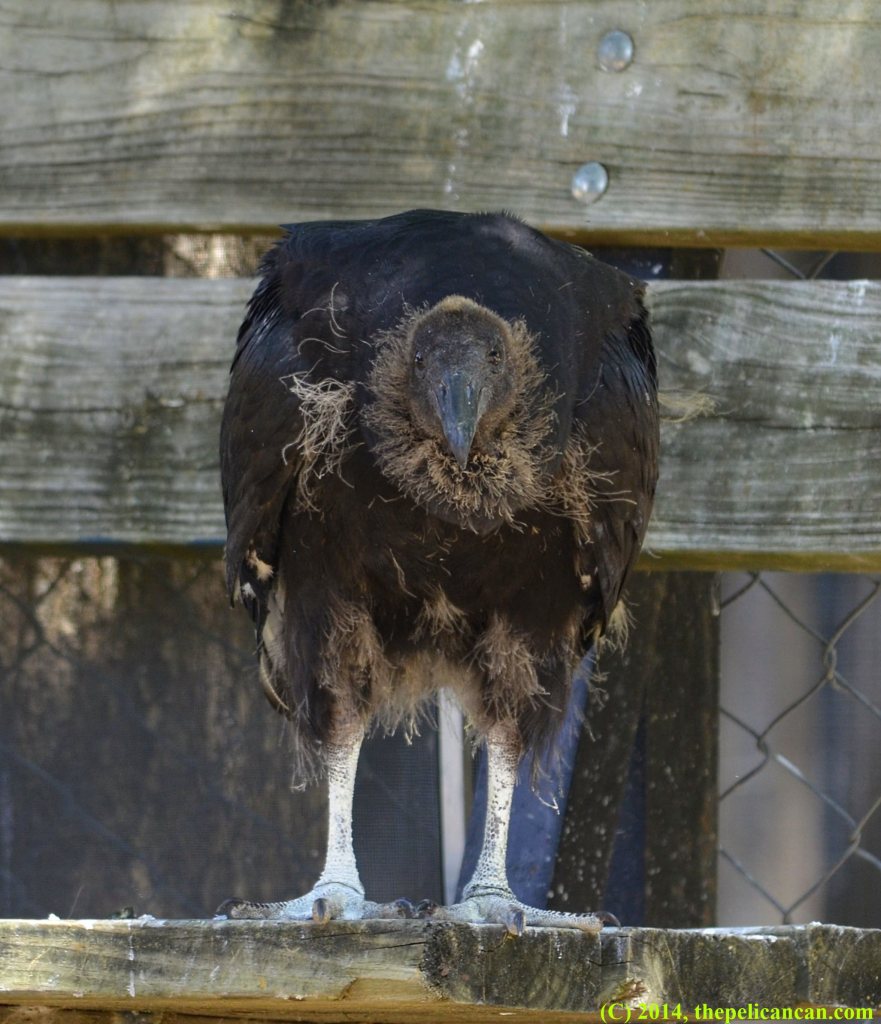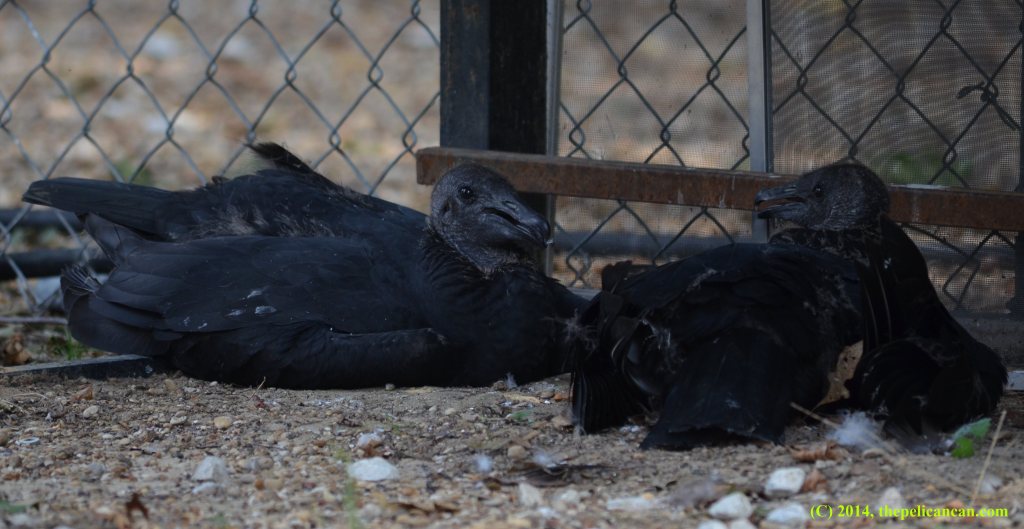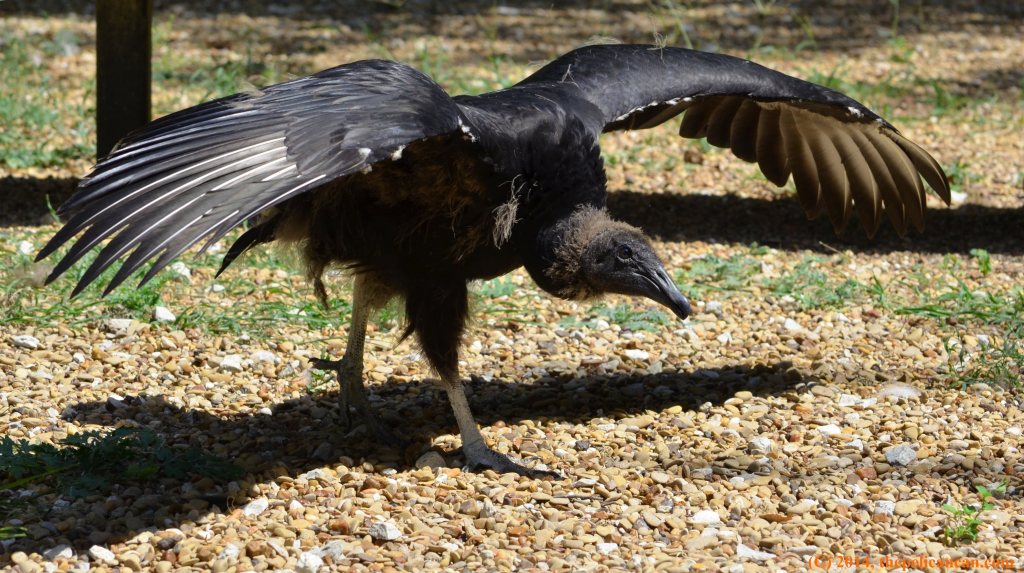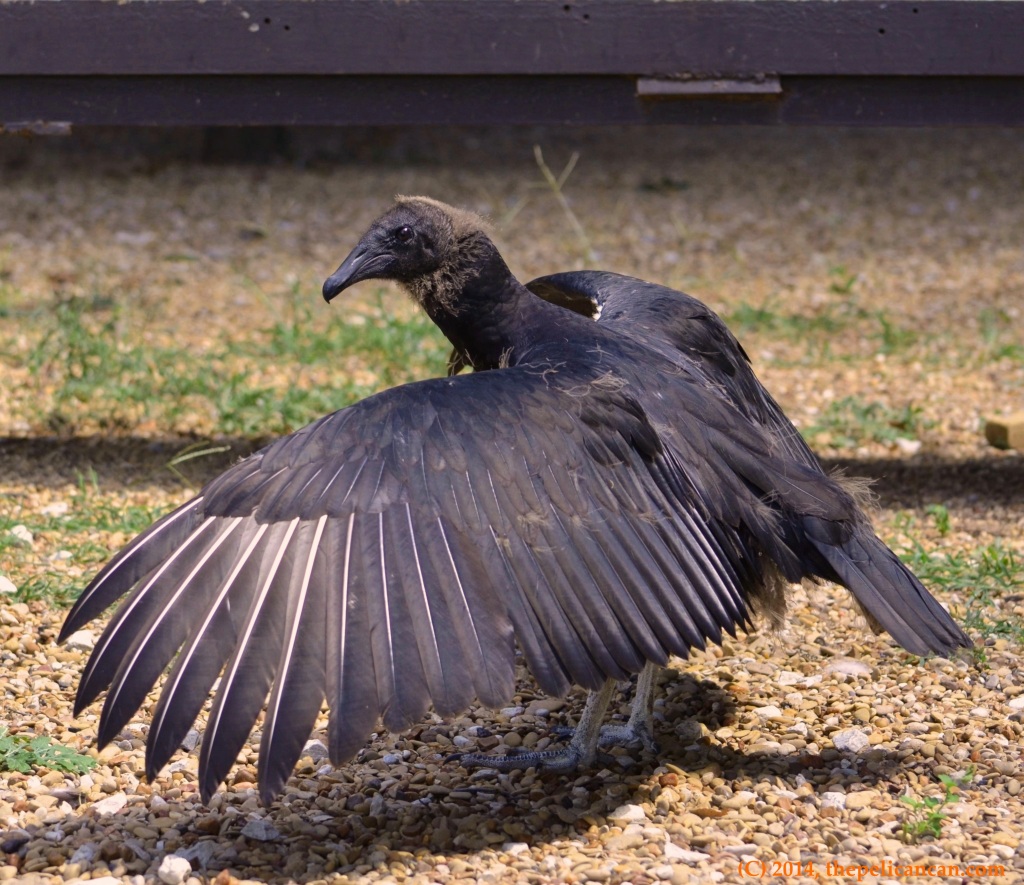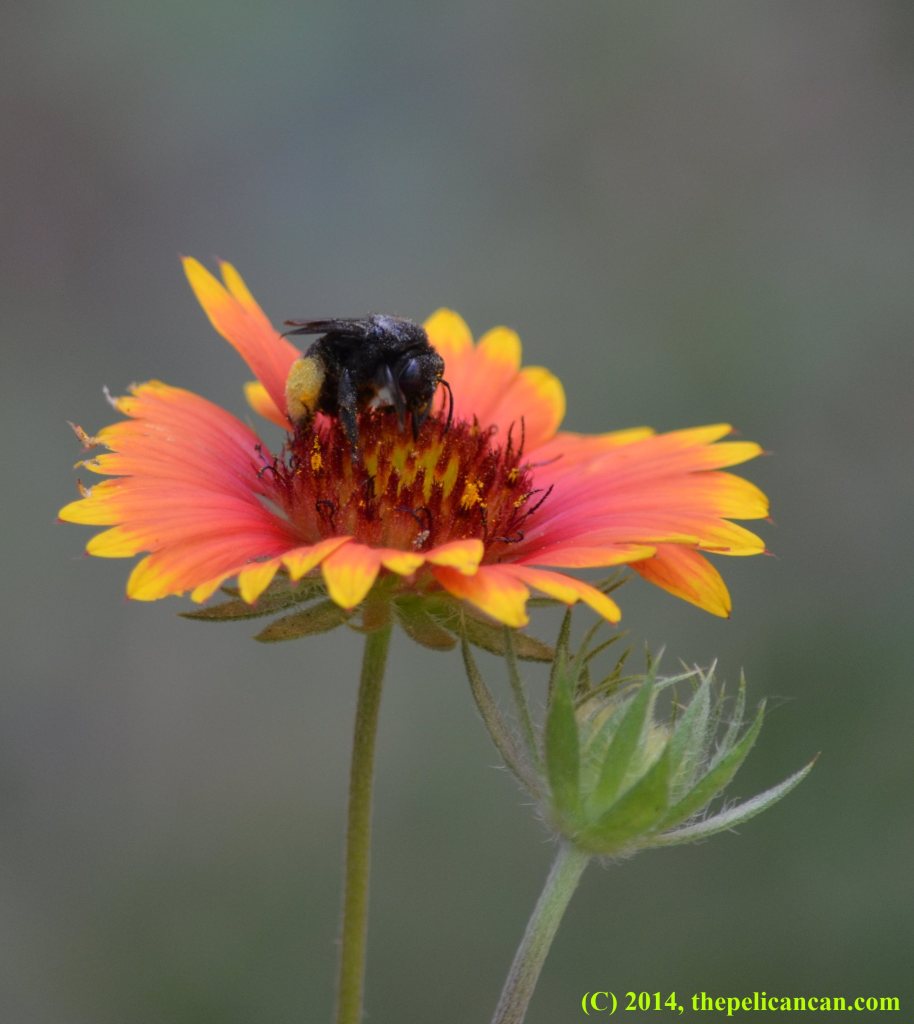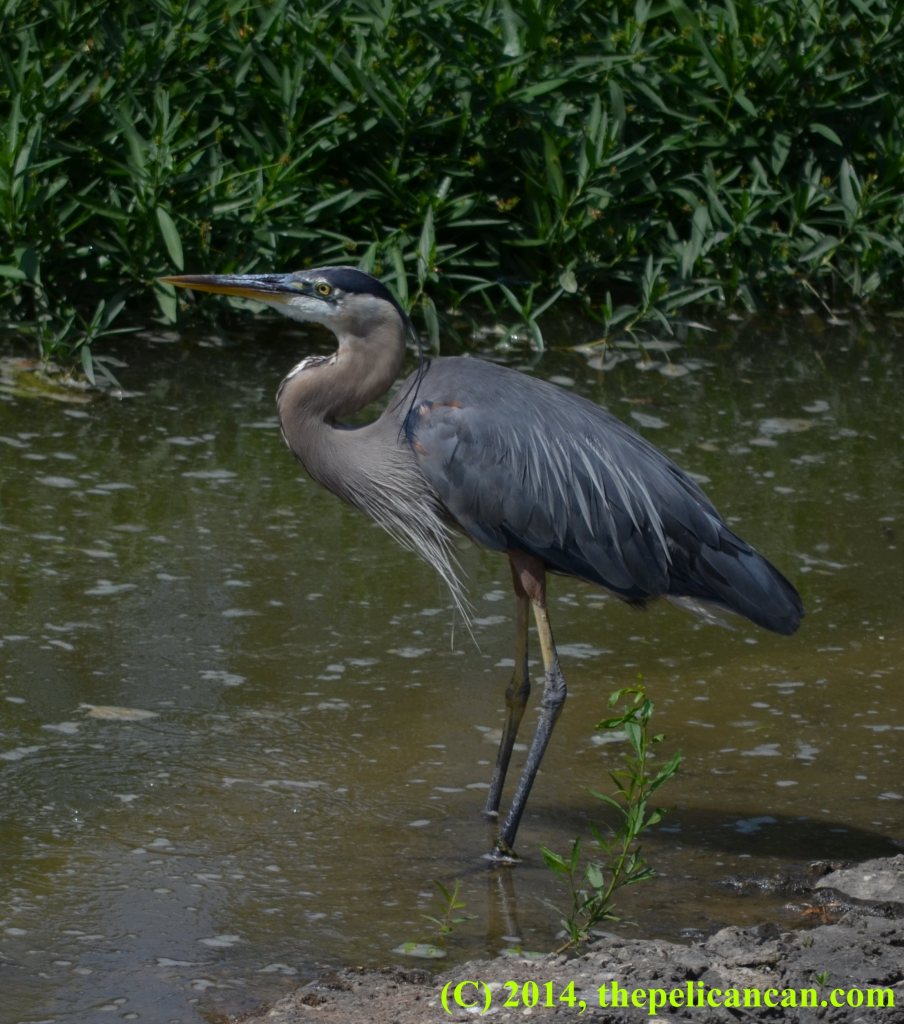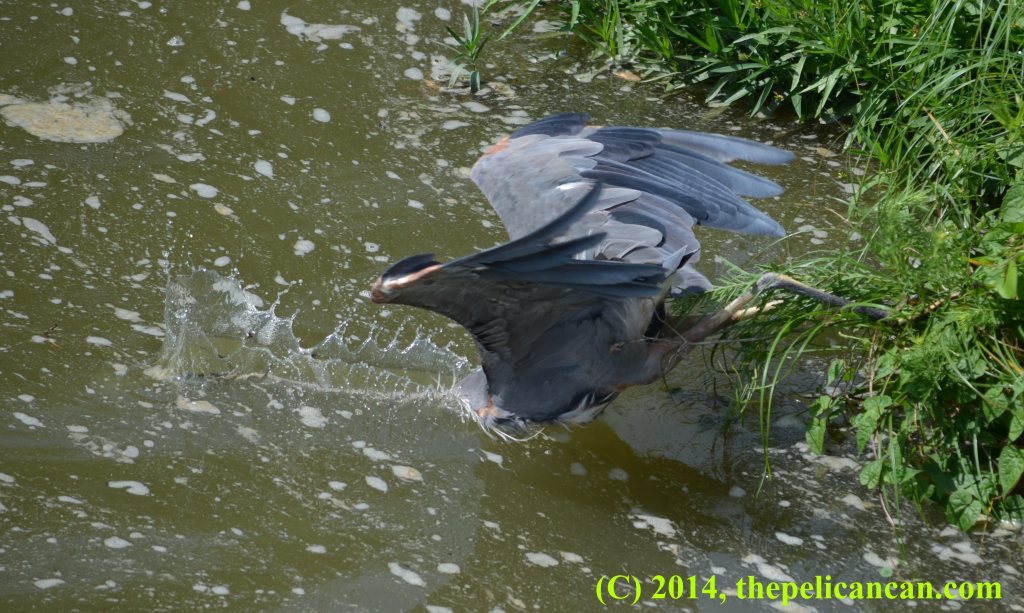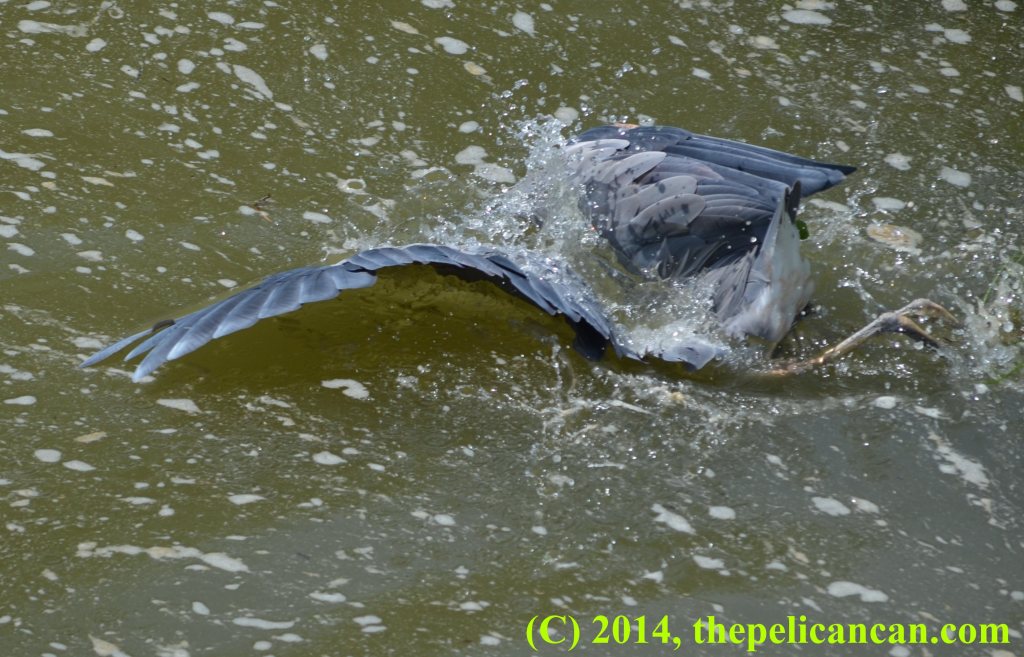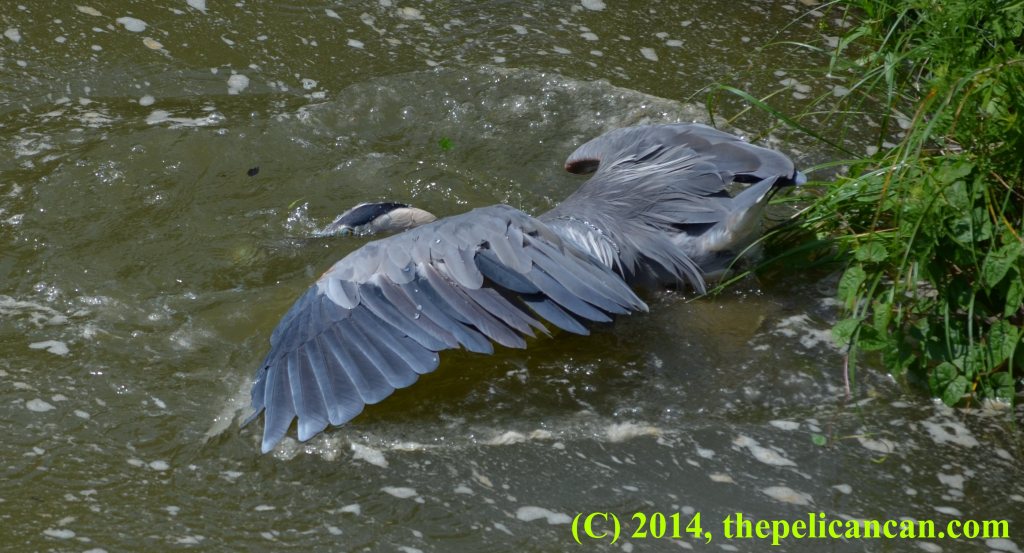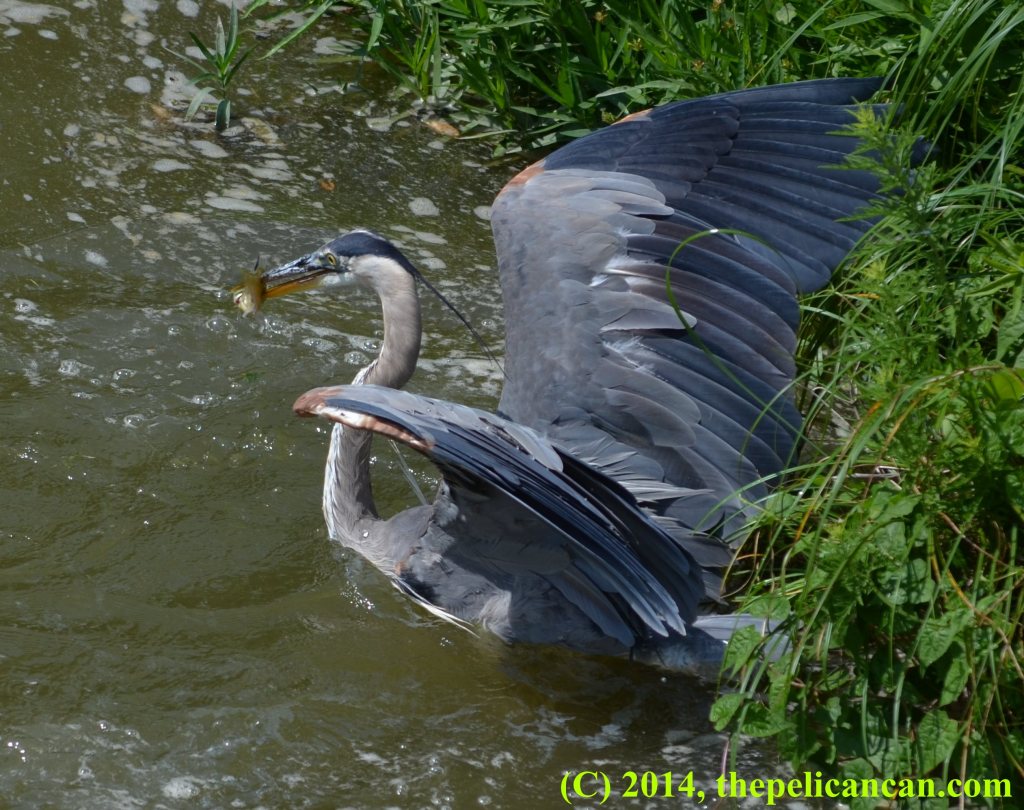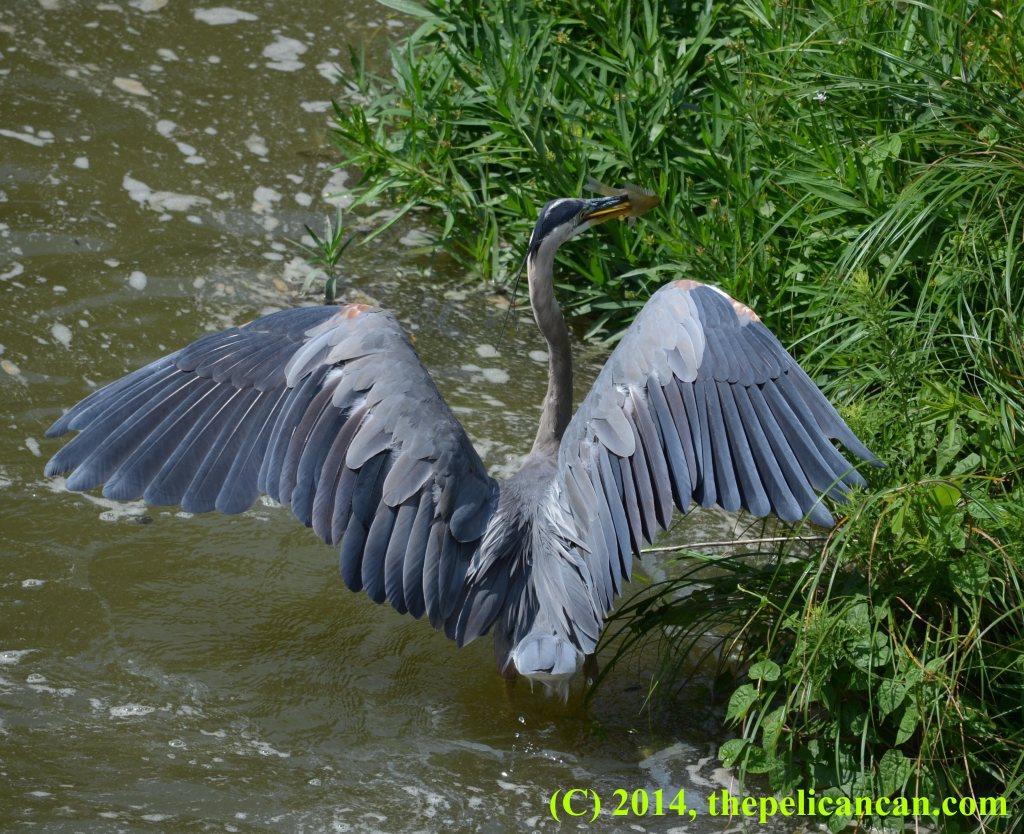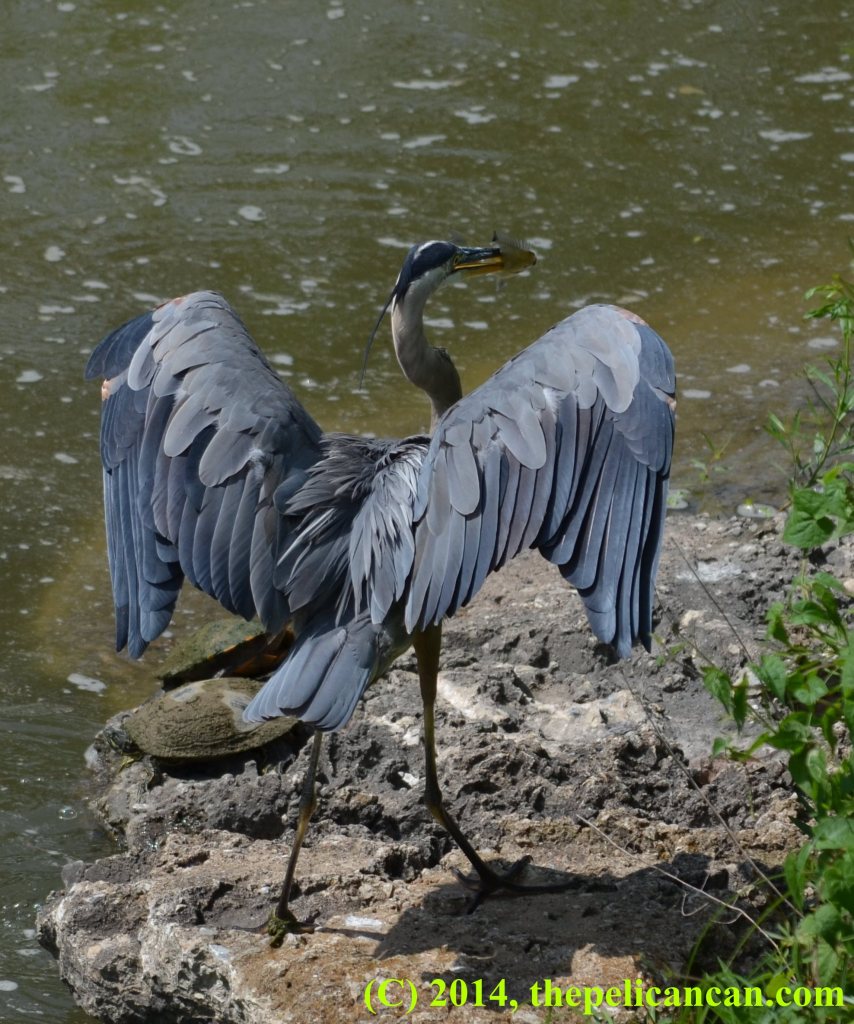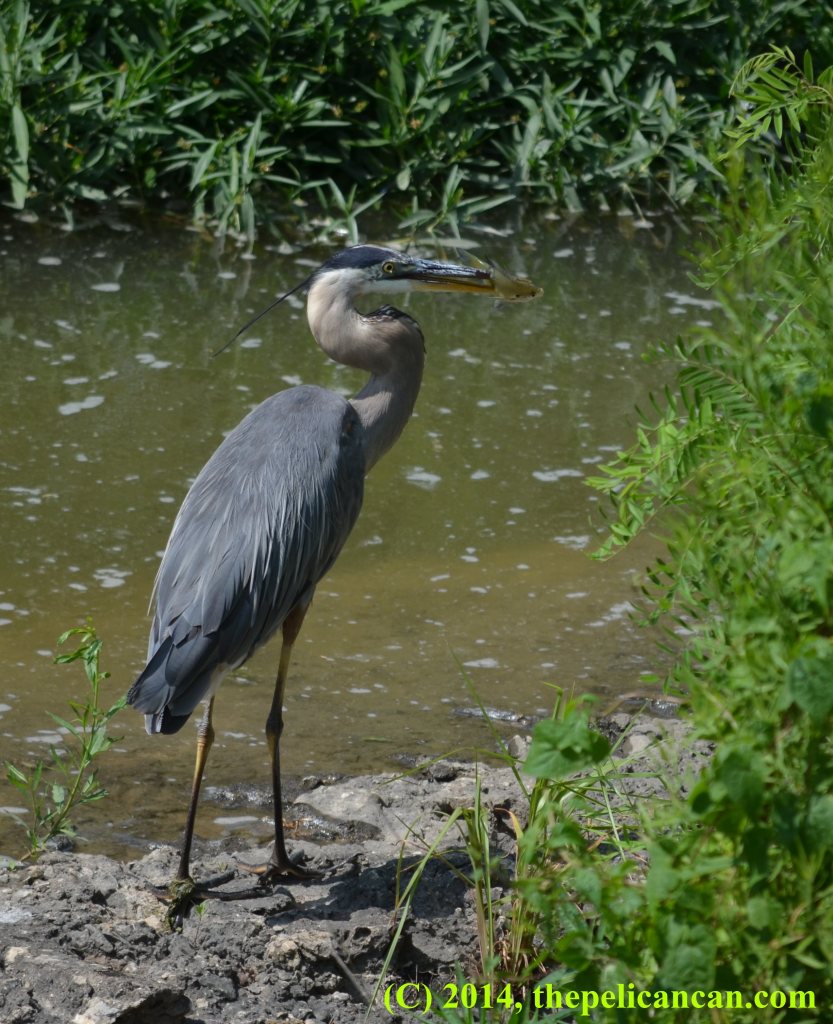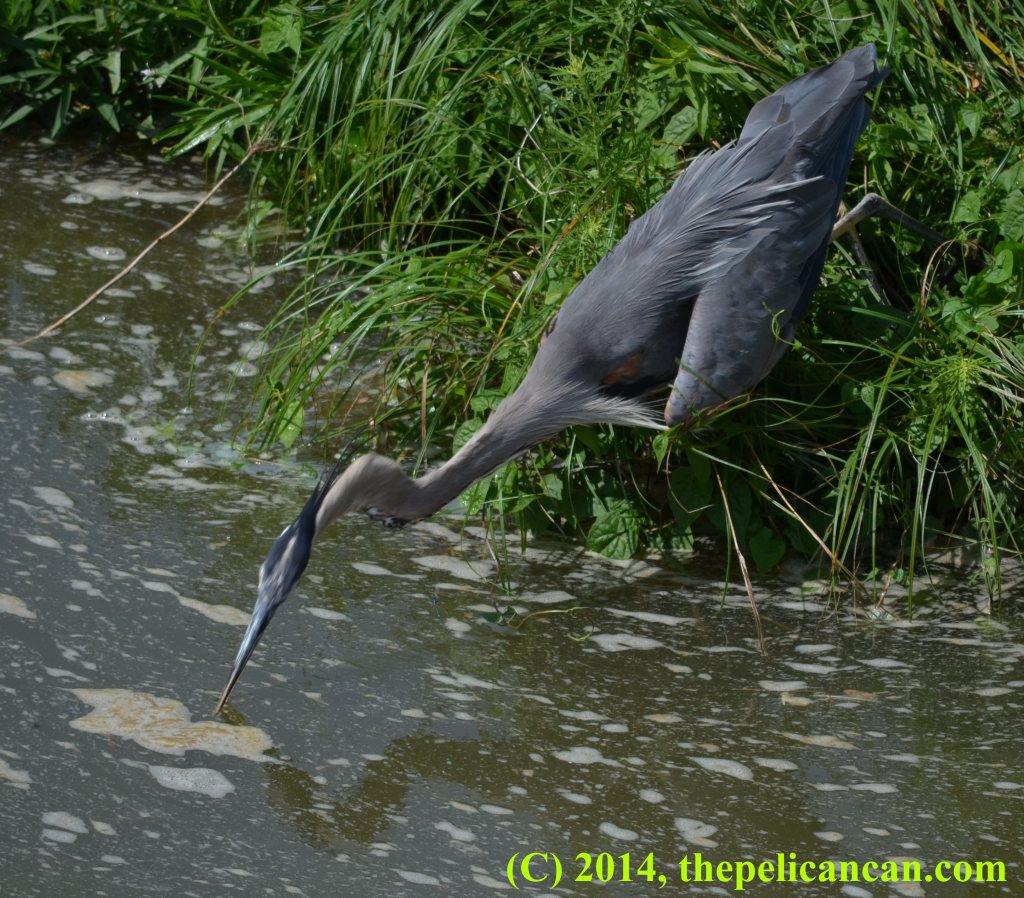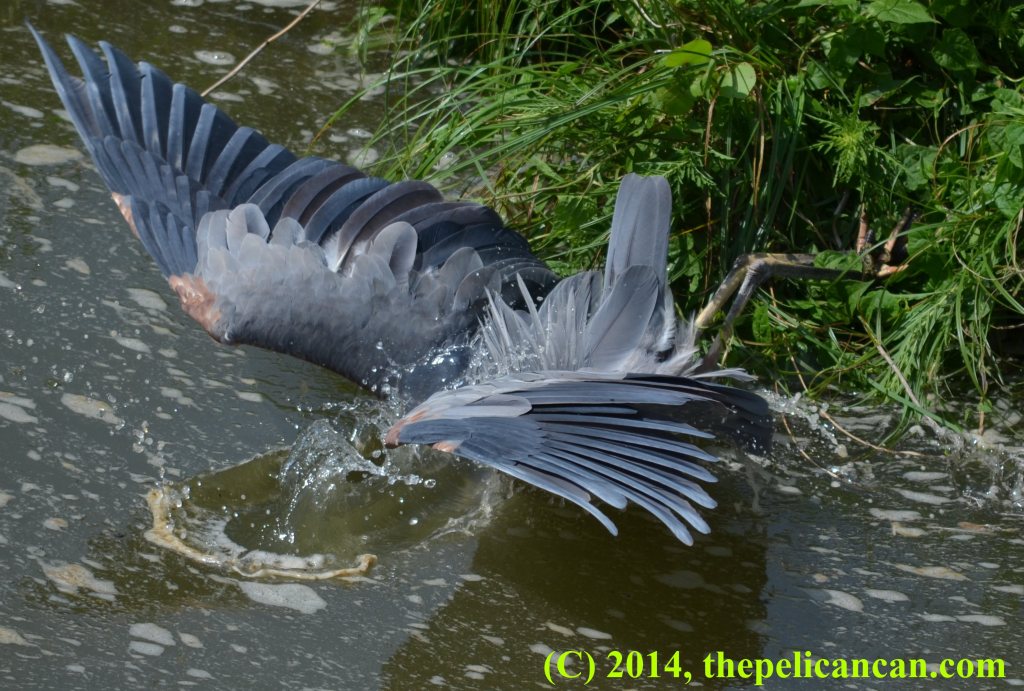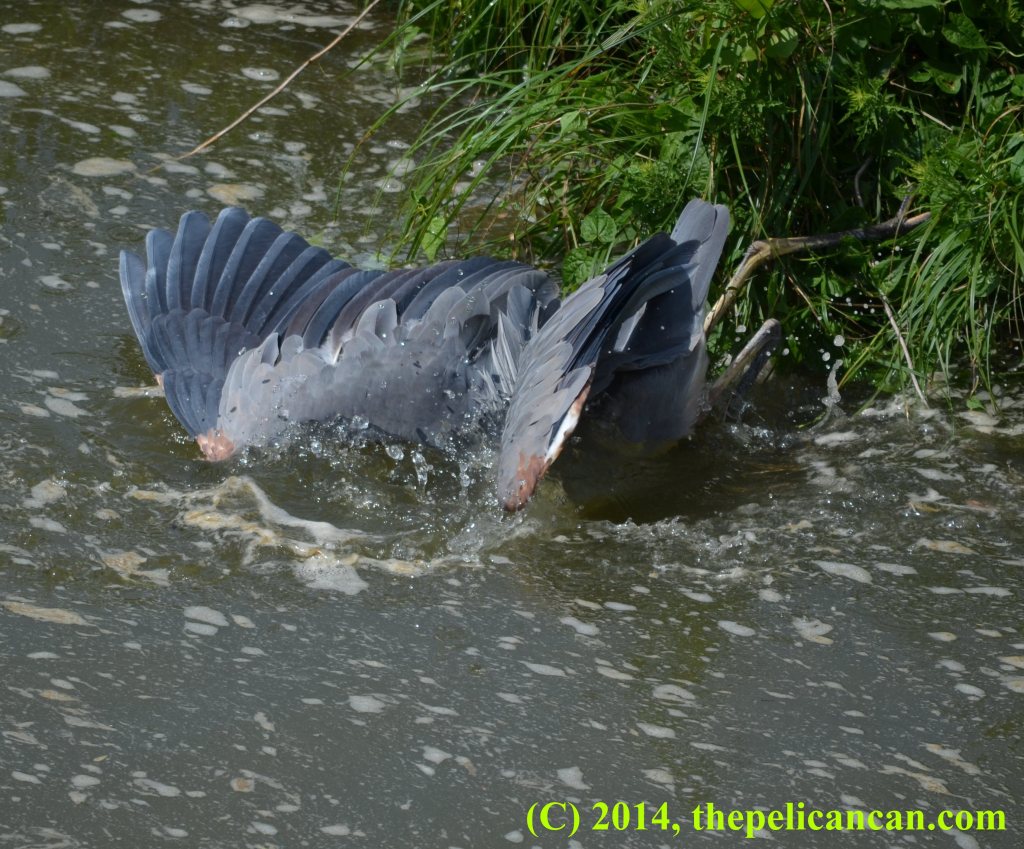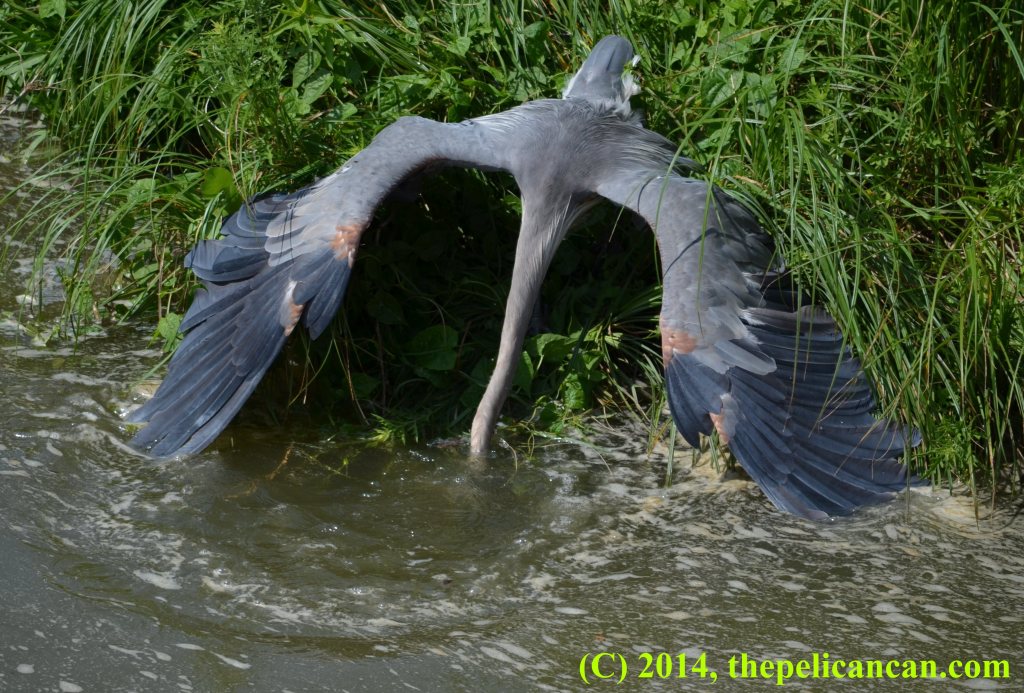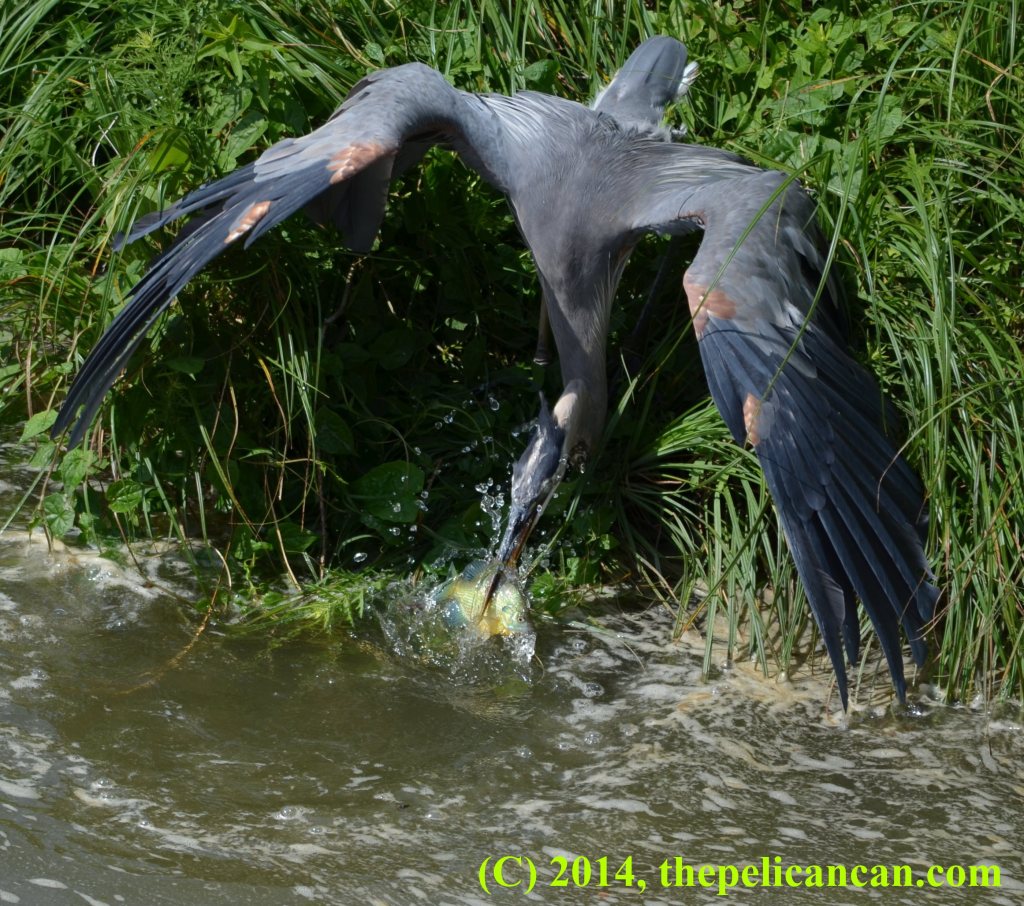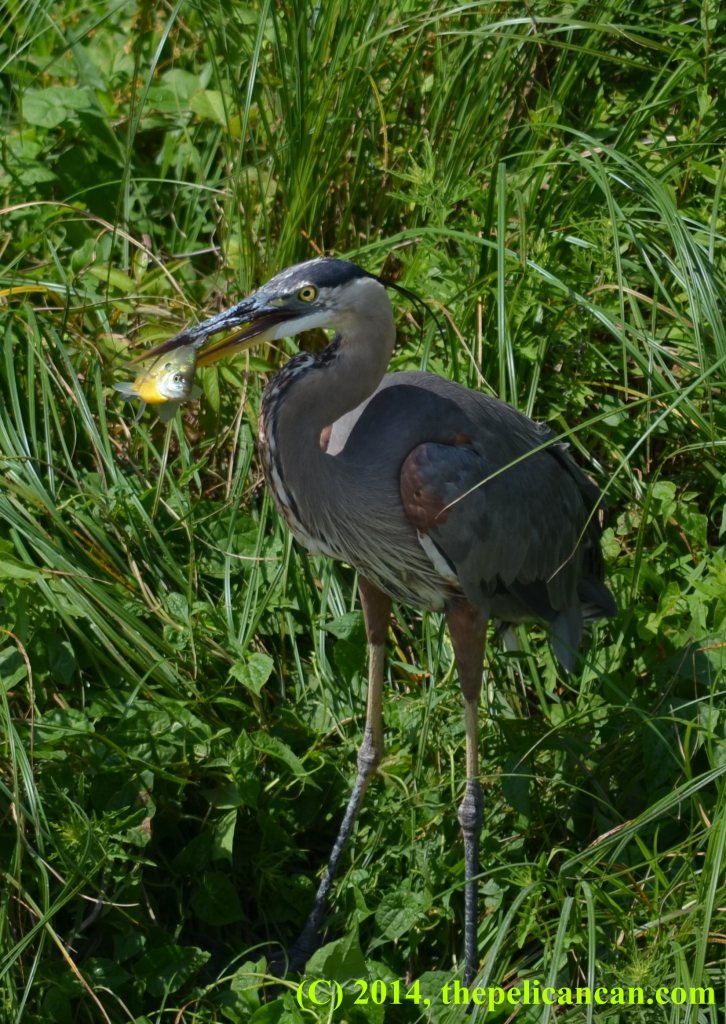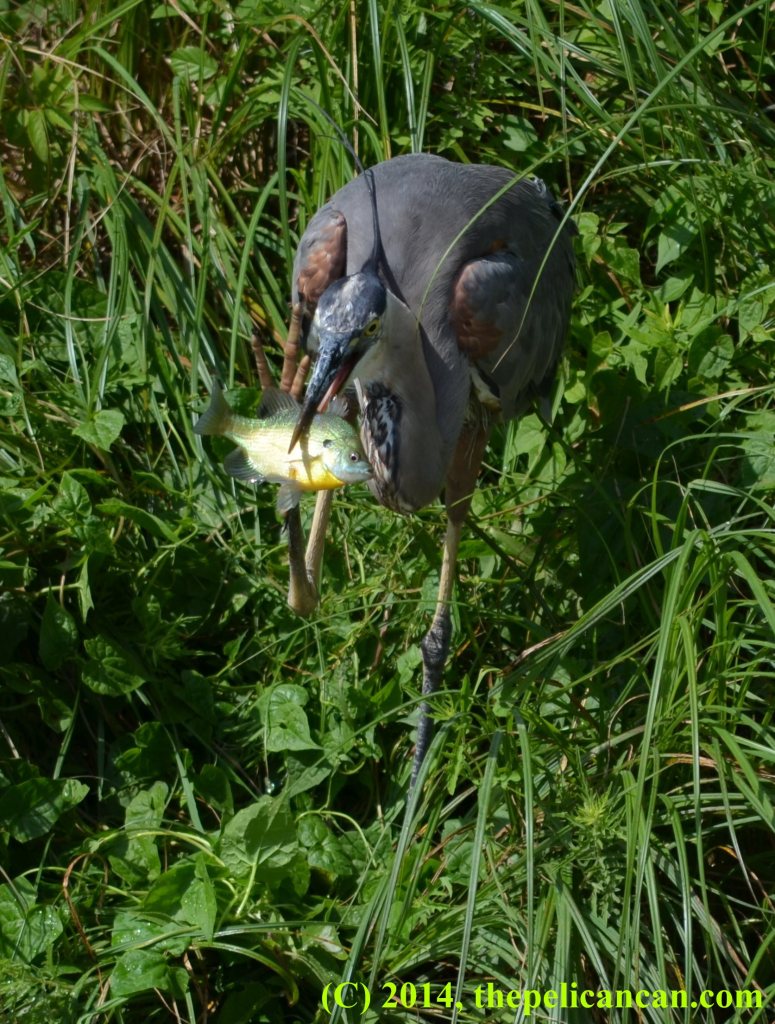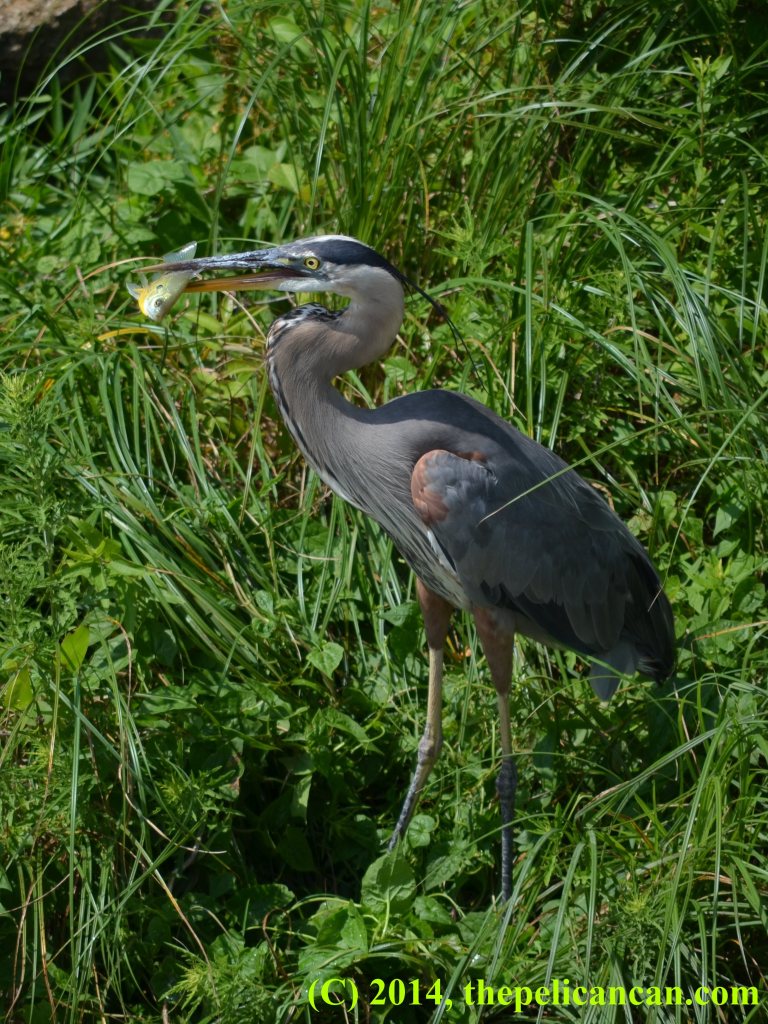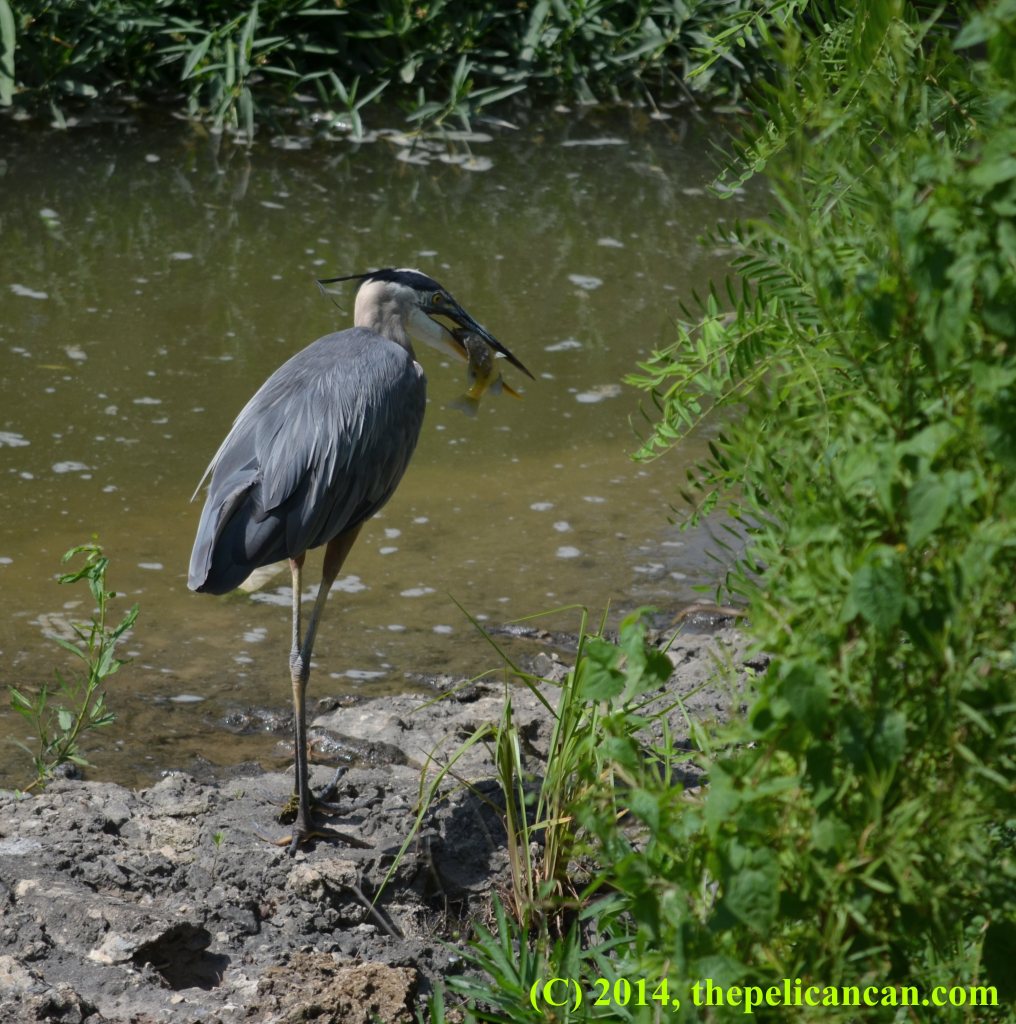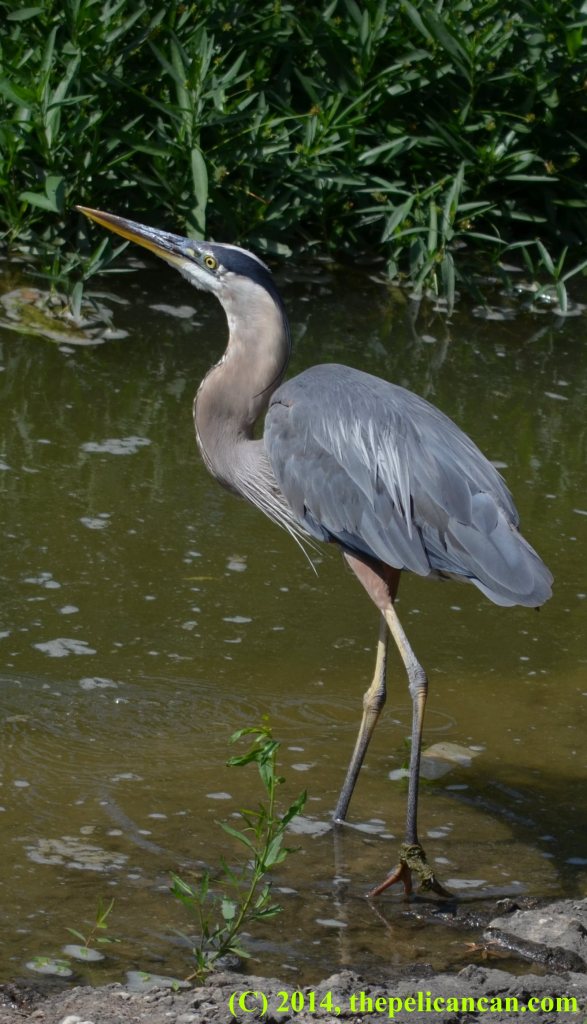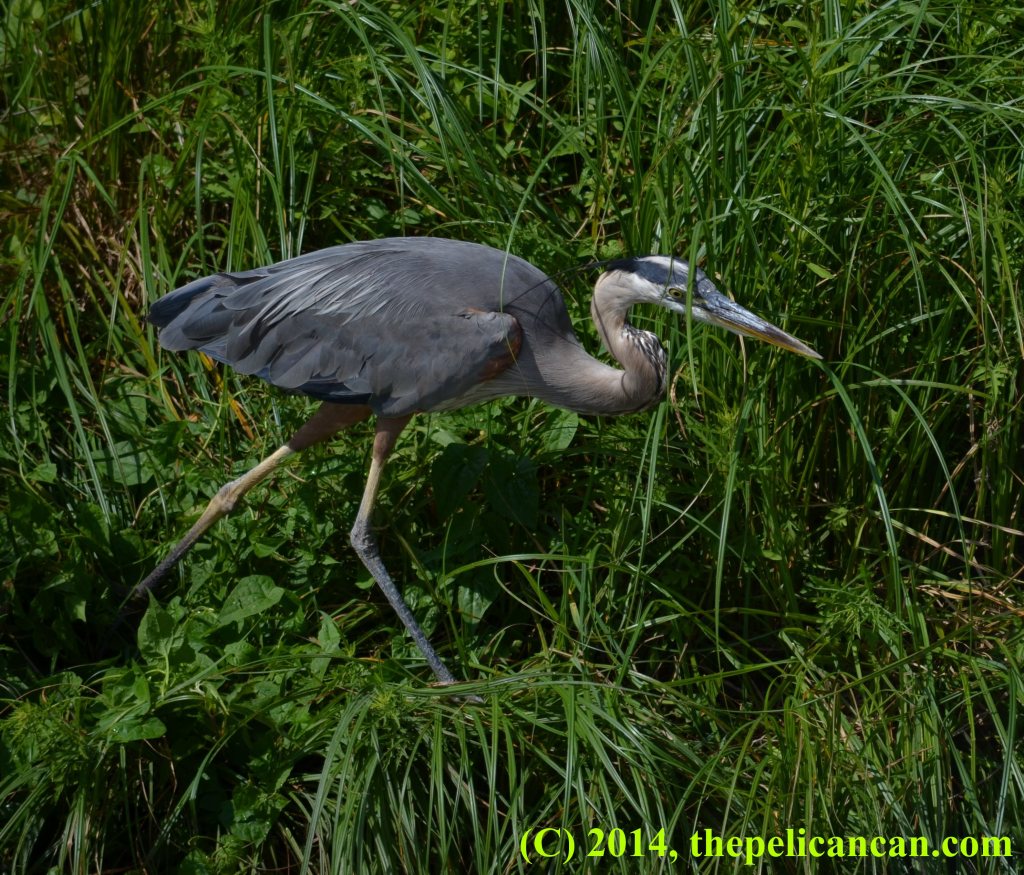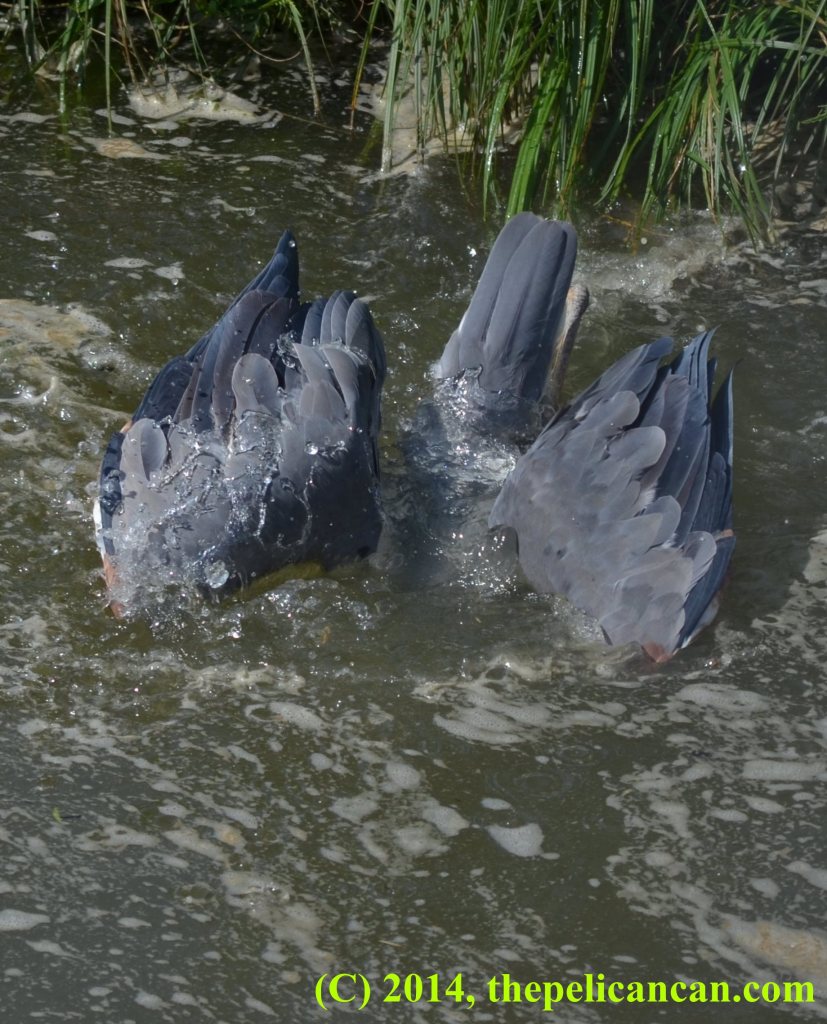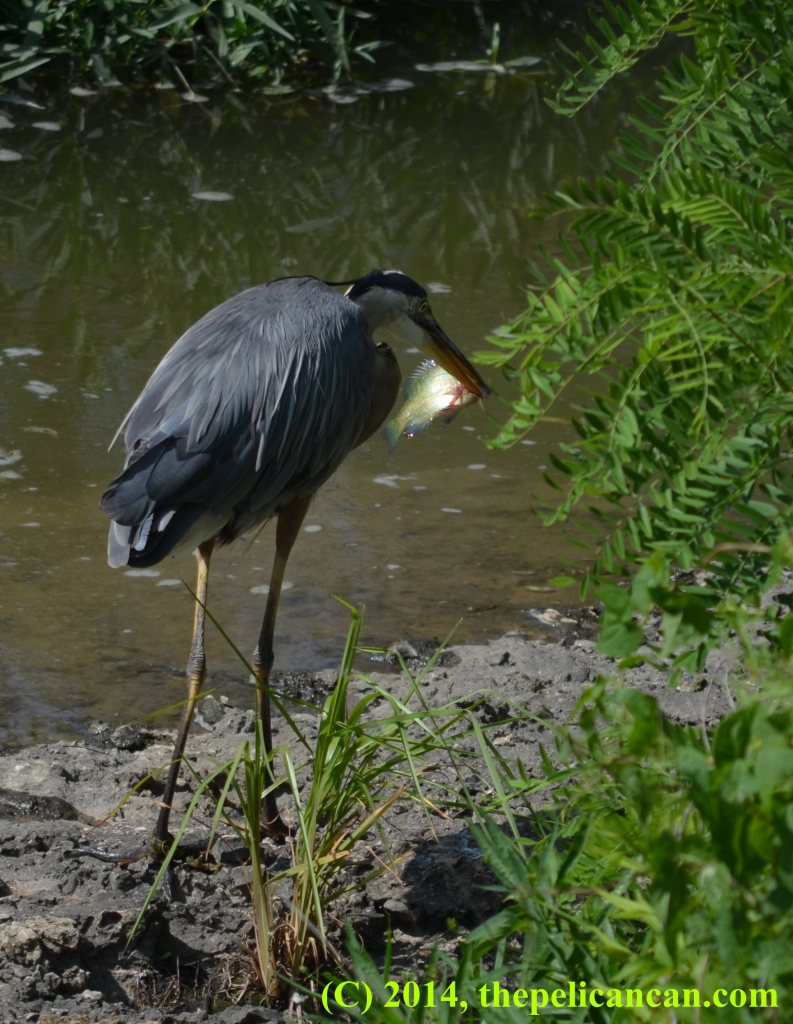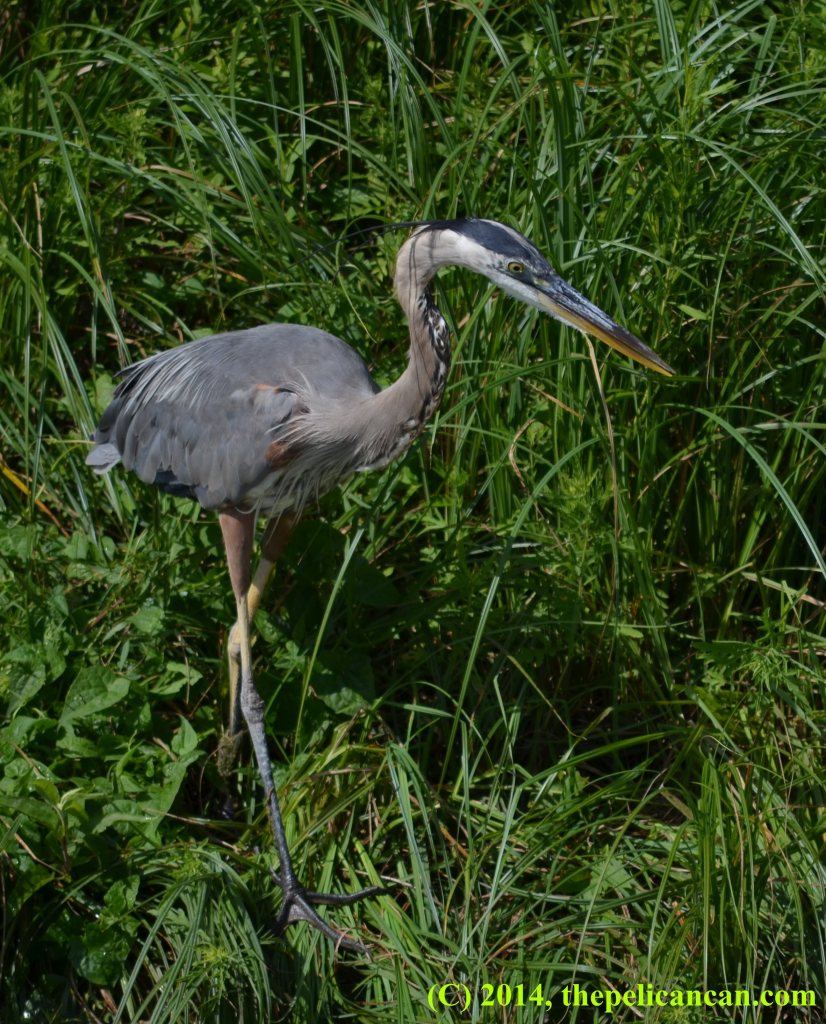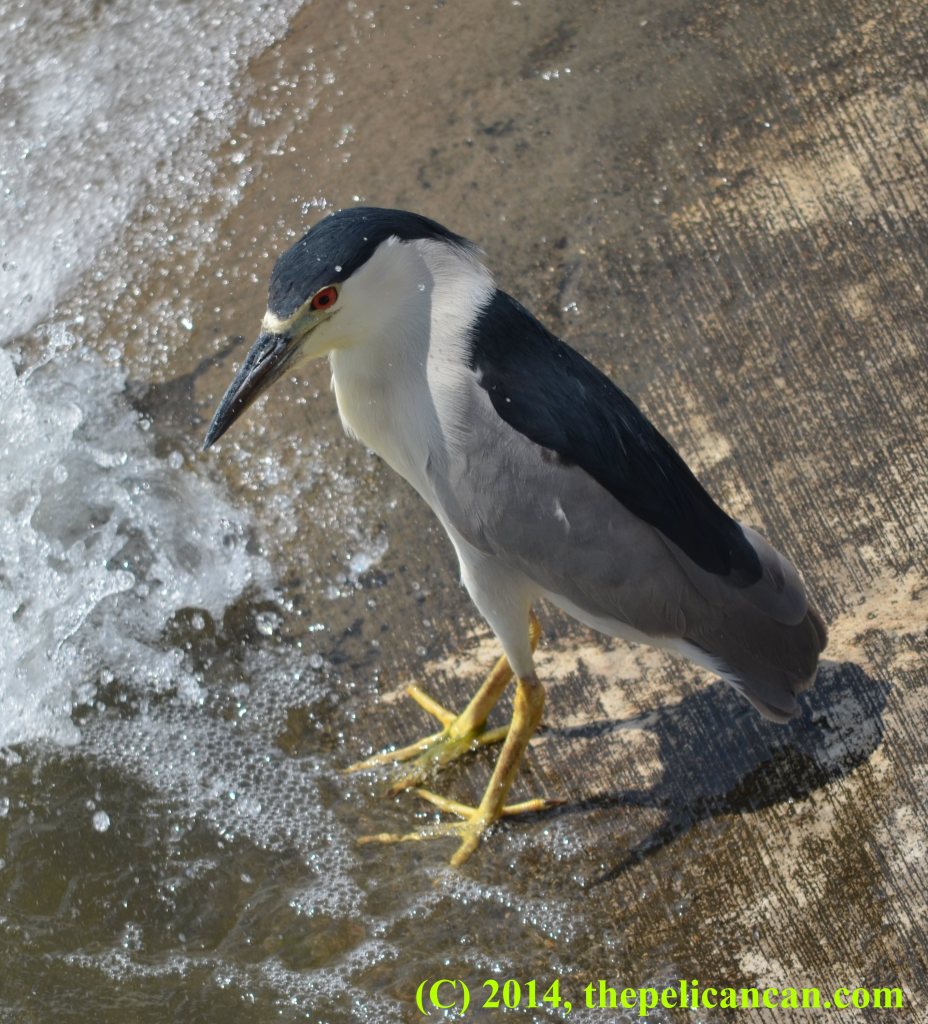It was July 6, a Sunday. Q and I were visiting the rookery at UT Southwestern. It was getting near the end of the season, and most of the birds had already left. We first had to check on the Thothlings, our collective name for the three juvenile American white ibises that had hatched that spring.
We loved watching those ibises. I liked them best when they were getting just big enough to squirm out from underneath their parent in the nest, and I liked watching the parent’s desperate attempts to keep them tucked under her/his body. They were so cute, with their black heads and small, black-and-pink–striped, curved beaks. Once the Thothlings were distinctive enough that I could tell them apart, I named them. At first I was worried that I might not be able to keep them straight because their coloration would continue to change, but I realized that they would be long gone from the rookery before that became a problem. Watching them explore their nest tree was always fun. Eventually that exploration changed to short flights to other trees, then flights above the rookery. Then they left.
We could see Pink Eye and Cuddle Monster, but where was Zebra?
There were still a few large black-crowned night heron juveniles hanging around the rookery.
And some not-so-large black-crowned night heron juveniles.
Throughout the spring several tricolored heron couples tried to nest at the rookery, but only three couples were able to make it to egg hatching. The most successful couple made a nest that, while visible, was far back in the foliage. The female in that couple was the first to lay eggs, and all three of the chicks survived to adolescence. The second couple had a much more visible nest near the ibis nest. The female laid at least two eggs. A few days after the first chick hatched and was able to move, I stopped seeing movement in the nest. By that time the second chick should have hatched. I hoped the babies were just asleep. The next day the heron couple had vanished, and a cattle egret was steadily pilfering sticks from the abandoned nest.
One day the adolescent tricolored birds disappeared. It happened right after a storm. I was sure they were dead, and although I never saw a corpse, I always kept watch for one. Q thought that the birds had simply grown too old for the nest and dispersed to other locations.
Q was right.
After the reappearance, I only saw the tricolored juveniles when I was with Q. Maybe that was because we visited the rookery at different times when we were together than when I was alone. Or maybe they liked him better than they liked me. Once we even saw two of the juveniles flying to their old nest. That was nice.
As we were finishing our circuit around the rookery, Q and I saw a great egret juvenile wandering around near the Memorial Garden. Rescue time! The first time I rescued a great egret juvenile, I was concerned about the baby I saw staggering on the lawn in the hot sun, but I knew some types of juvenile birds would explore on the ground while their parent watched from a safe distance away. I didn’t want to interfere with that. I called up Rogers and explained my worry. “Do great egrets do that?” I asked.
“No. If a great egret is on the ground, the parents have forgotten it. It needs help.”
After that day, I started carrying a cardboard box in my car and plenty of towels in case I needed to make a rescue at the rookery.
Great egrets are shitty-ass parents. Really awful. If a bird falls out or is pushed out of the nest and can’t make its way back, it’s fucked. No one will help it. To make matters worse, like baby American white pelicans, baby great egrets often commit siblicide. Smaller/younger siblings who aren’t outright killed but who are still harassed may end up falling out of or intentionally leaving the nest to escape from their murder-inclined siblings.
By this time I had started carrying not only towels with me but a large bag I dubbed the “Birdie Bag.” If I found a bird too young to be on the ground outside the rookery, I would catch it, wrap it up in a large towel, and place it in the Birdie Bag to keep it secure until I got to Rogers. Using the Birdie Bag worked better than just holding a wrapped-up baby to my chest, and I hoped it made the experience less traumatic for the bird.
When Q and I got to Rogers, we went to look at their birds after dropping off the egret. A few great blue herons live there and have the run of the place. The first time I saw them, I was very nervous. They were so close! I felt strange walking by them: “Uh, excuse me? Wild bird that is just standing there? Don’t you need to move? Run away? May I please get by?”
I almost always get a kick out of seeing a “wild” bird chilling next to human-made objects. This was no exception.
One of the baby vultures was hanging out by herself in the shade.
THE STORY OF THE ROGERS VULTURES
Kathy Rogers told Q and me the story of the vulture family when we were at Rogers at the end of May. I’ve forgotten some of the details, but hopefully I can remember enough to do justice to the story.
Black vultures nest on the ground, in places with lots of cover. Ms. Rogers had noticed a pair of black vultures hanging around Rogers, and one day discovered that they had made a nest in a large cage that had been empty. Ms. Rogers said she was extremely excited to see the nest—because the birds nest on the ground, one cannot easily observe adult breeding behavior and juvenile behavior. She was looking forward to learning more about the vultures. She kept the cage empty for the vultures to continue using and observed them.
The black vulture couple laid two eggs. While they were incubating the eggs, Ms. Rogers received two abandoned black vulture eggs. She wondered if she could get the black vulture couple to care for the abandoned eggs/chicks along with the couple’s own offspring. Unlike great egrets, black vultures are excellent parents.
All four of the eggs hatched within the same week. Ms. Rogers introduced the extra chicks to the parents and supplied the parents with supplemental food to feed the new additions. The strategy worked: the parents accepted all four babies as their own and cared for them. Ms. Rogers said this news was especially excellent because the birds from the abandoned nest will have a pretty good chance of surviving in the wild due to the socialization and teaching they will learn from their adopted parents—black vultures are highly social and gregarious birds. For a while the babies had open access, but after they wound up in the woods, Ms. Rogers put them in a large pen with access outside to a “porch” where the parents could hop in and check on them. Once the babies got older, they had more access to the grounds. The last time I was at Rogers, they were old enough and strong enough to roost in trees and on roofs. They are heart-meltingly ADORABLE.
We left that juvenile and saw another hanging out by herself under a bench, although four more juveniles were lounging under another bench near her.
An adult had been sitting near the foursome, but she got up and walked out into the sunlight.
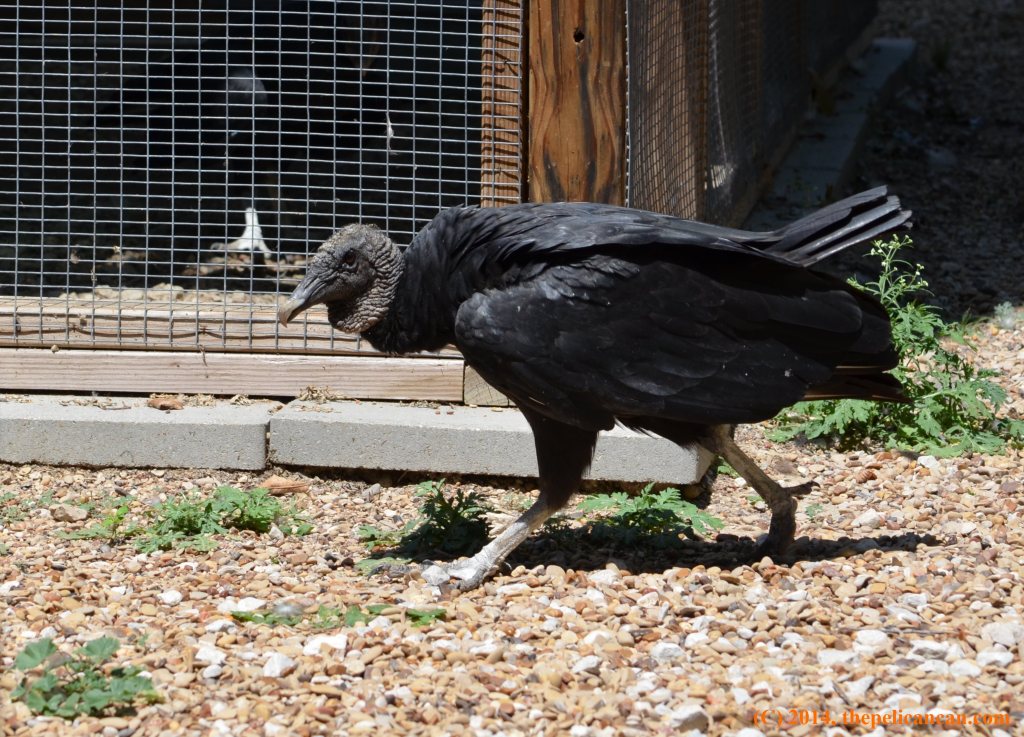
She is walking past a cage that has a black vulture in it. I always wondered how the caged black vultures felt about the vulture family. Glad to see conspecifics? Sad that they couldn’t move freely, while the other birds could?
The juvenile who had been lying by herself near the foursome got up and looked adorable.
Then I realized something. The vulture family had four juveniles. When Q and I had first arrived, we’d seen a juvenile vulture. Then we saw the juvenile who had been lying down by herself. Next to her were the four juveniles resting together. The adult had joined another adult elsewhere on the property. That’s six juveniles and two adults.
I returned to all of the locations to see if any of the birds had moved—maybe I had mistakenly counted the same bird twice. Nope. Six juveniles. Four of them were obviously the Rogers birds, but who were the other two? Perhaps the count was four Rogers juveniles, one Rogers adult, and a different adult with its two juveniles who had come to visit the Rogers vultures. Do vultures even do that?! The next time I went to Rogers, there were only the four juveniles there.
UPDATE: I ran into a woman who works at Rogers (she was the person who taught me, after I had a near-miss experience, that egrets go for the eyes and I should wear safety glasses), and when I asked about the vulture family, she was able to make sense of what I’d seen. Not only had the vulture parents taken in the two newly hatched birds along with their own chicks, but later on in the season two more vulture chicks that had been abandoned were brought to Rogers, and the vulture parents adopted those birds as well. So there were six juveniles, total. The next time I was at Rogers and had only seen four, the two others might have been somewhere else on the property.
She also said that the vulture couple has been spotted visiting Rogers again with a couple of their offspring. She suspects that the parents might be looking to scope out the area for a possible nesting site. She said this year, they are only making one specific cage available to the parents to use, not the one the birds chose last year. It would be adorable if the vulture pair chose to raise young there again this coming year!
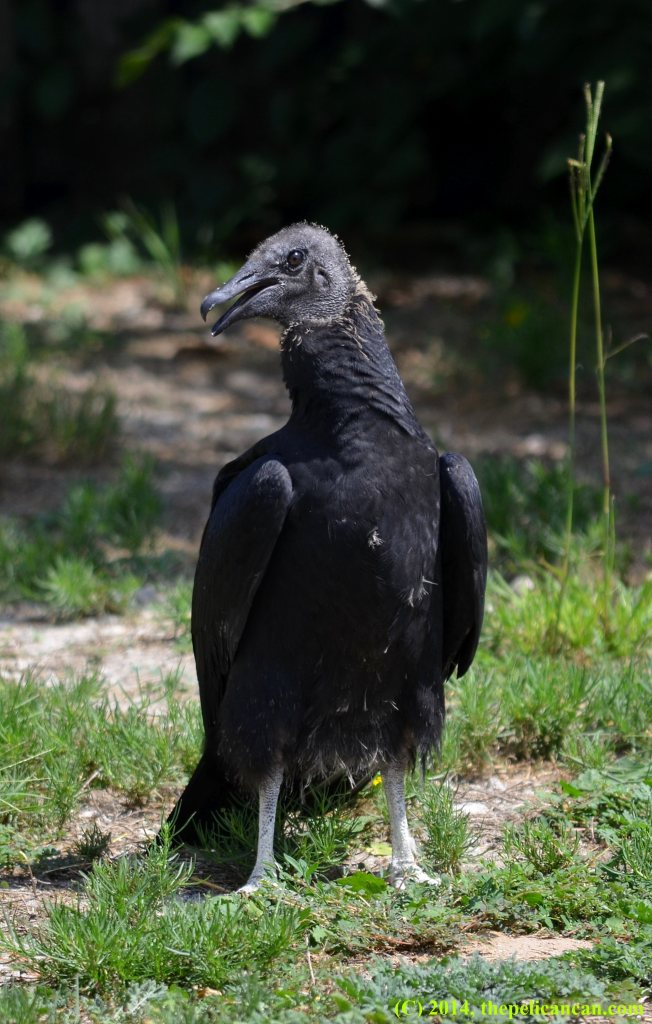
All right you humans, listen up. My name is Fluffy, and I’m here to instruct you in the fine art of being a vulture.
Back where the majority of the juveniles were hanging out, the vulture who had stood up decided to hop onto the bench.
The other vultures were still lounging on the ground.
The vulture on the bench hopped down and went out to strut her stuff in the sun.
Q and I went back home, where I saw a pretty black bee hanging out on my gaillardia blooms. Does anyone know what kind of bee it might be? It was small, much closer to the size of a honey bee than a carpenter bee.
One last thing: I hope that anyone reading this will strongly consider donating to Rogers Wildlife Rehabilitation Center. They do excellent work rehabilitating and caring for birds.

